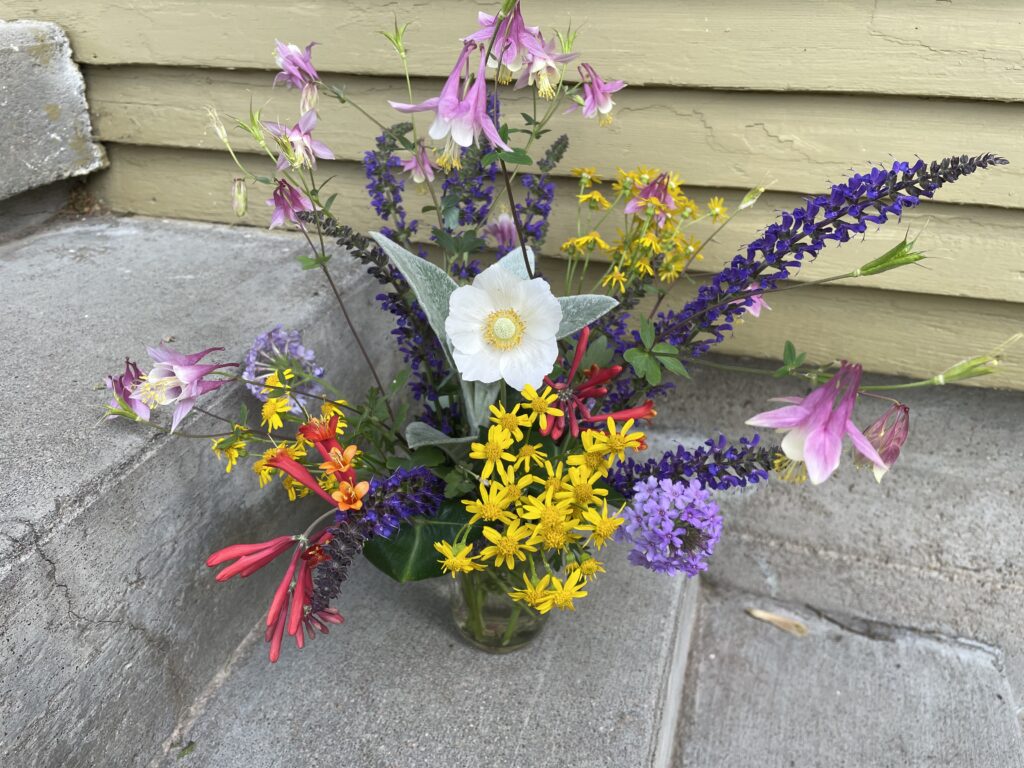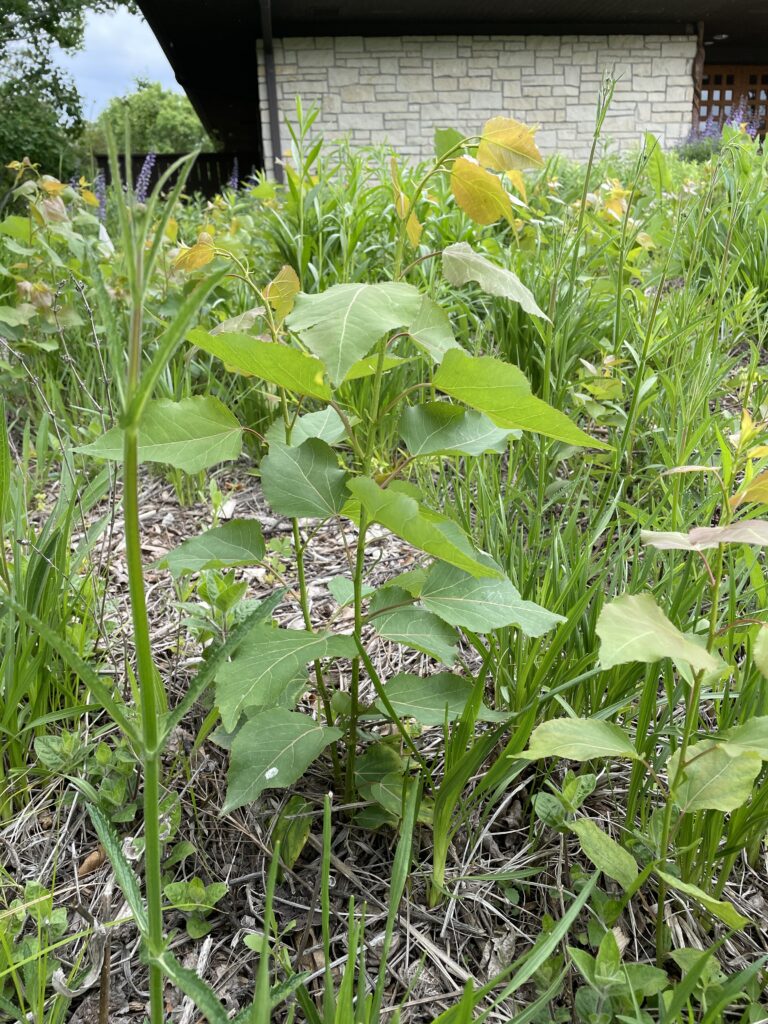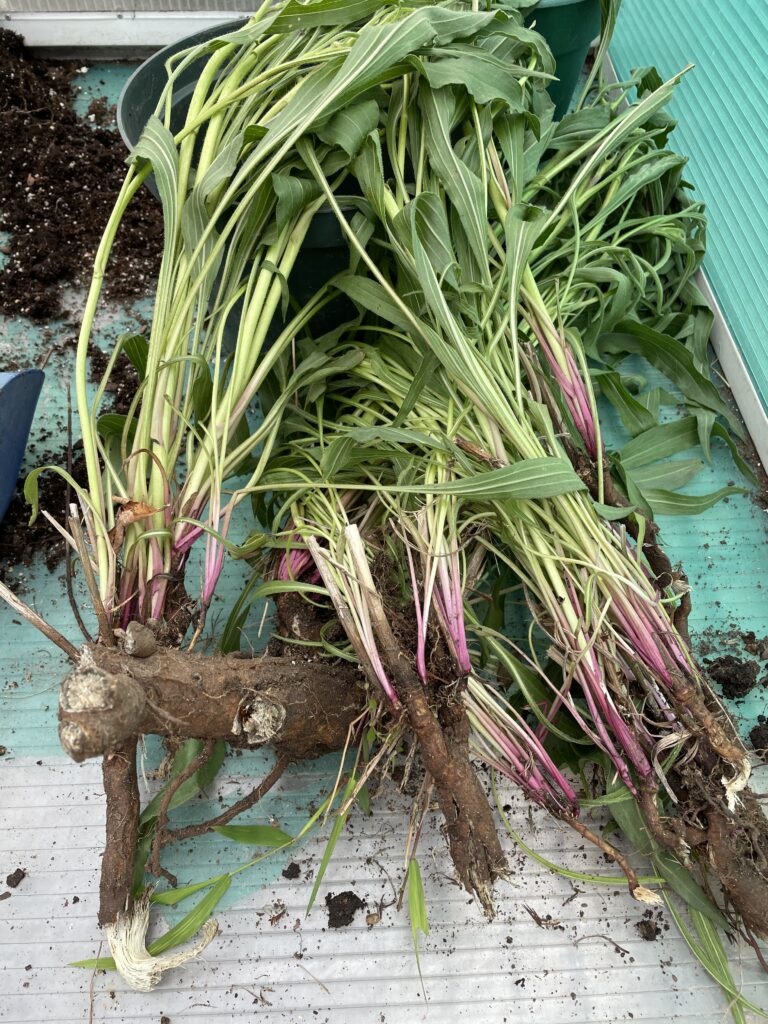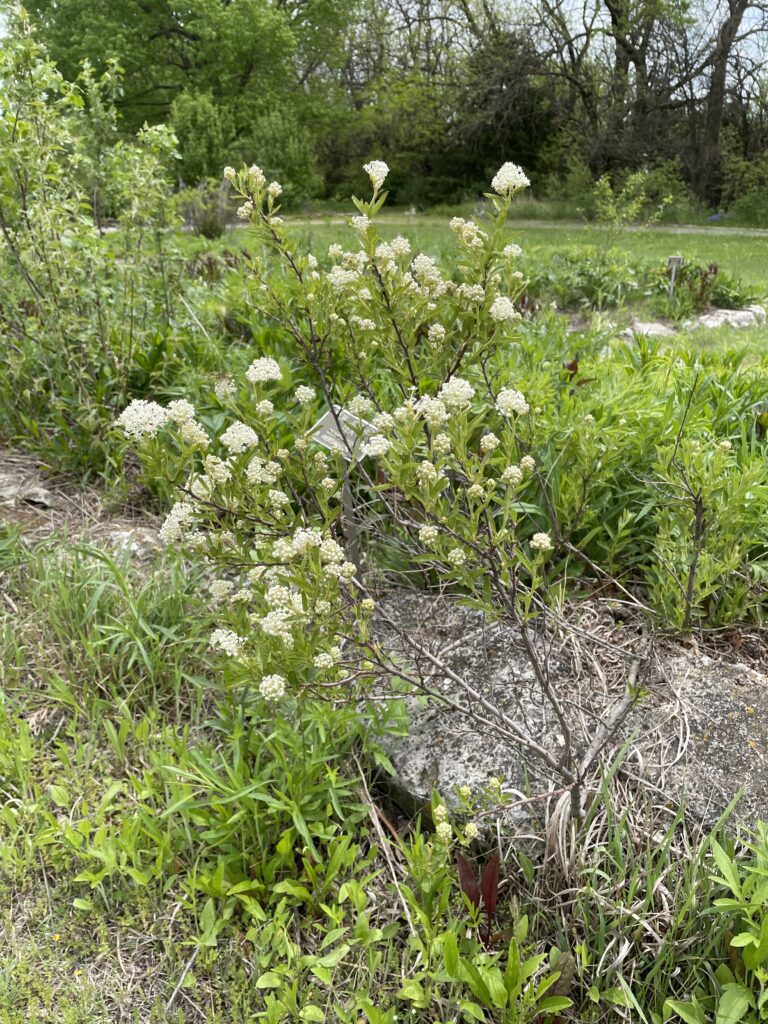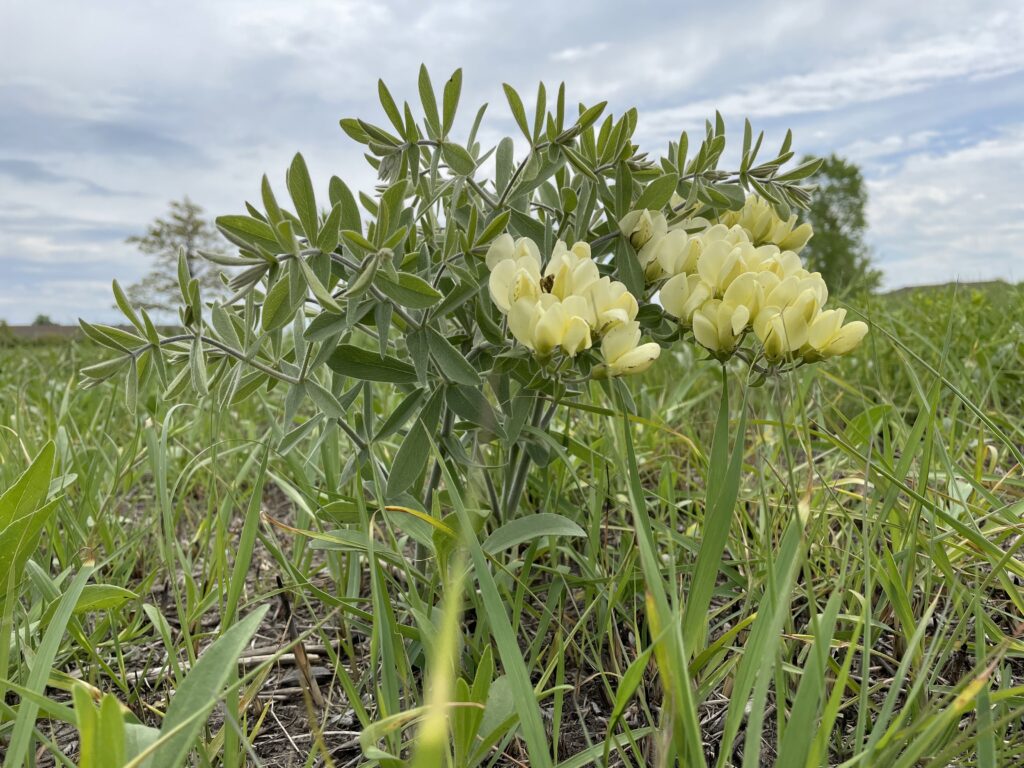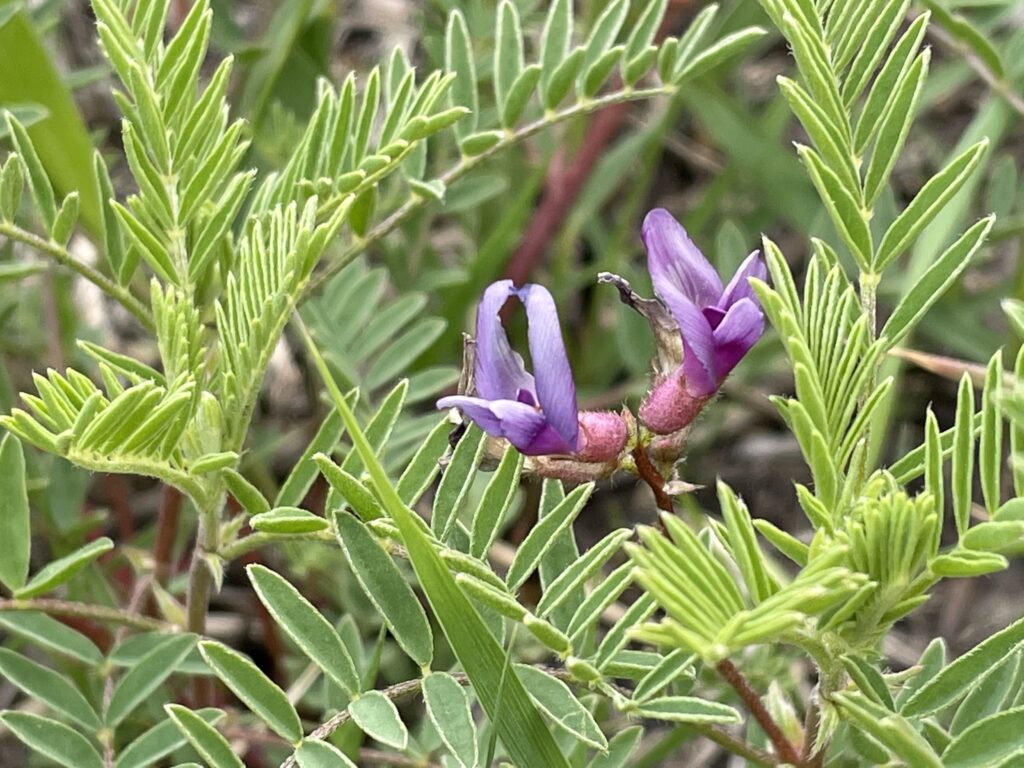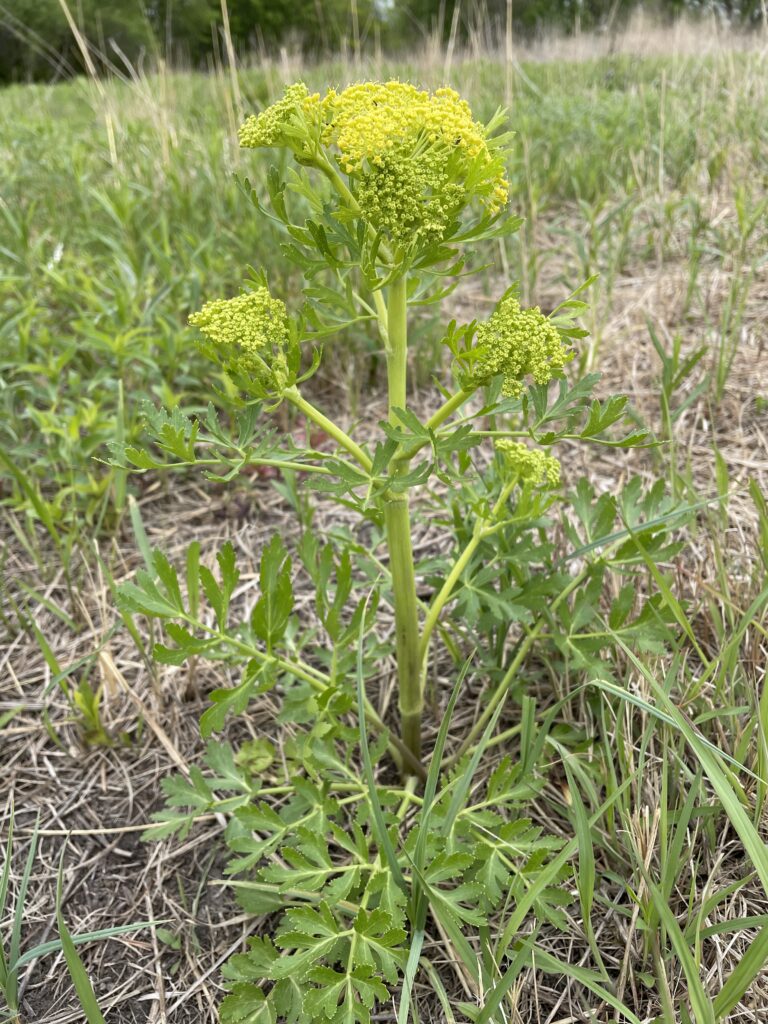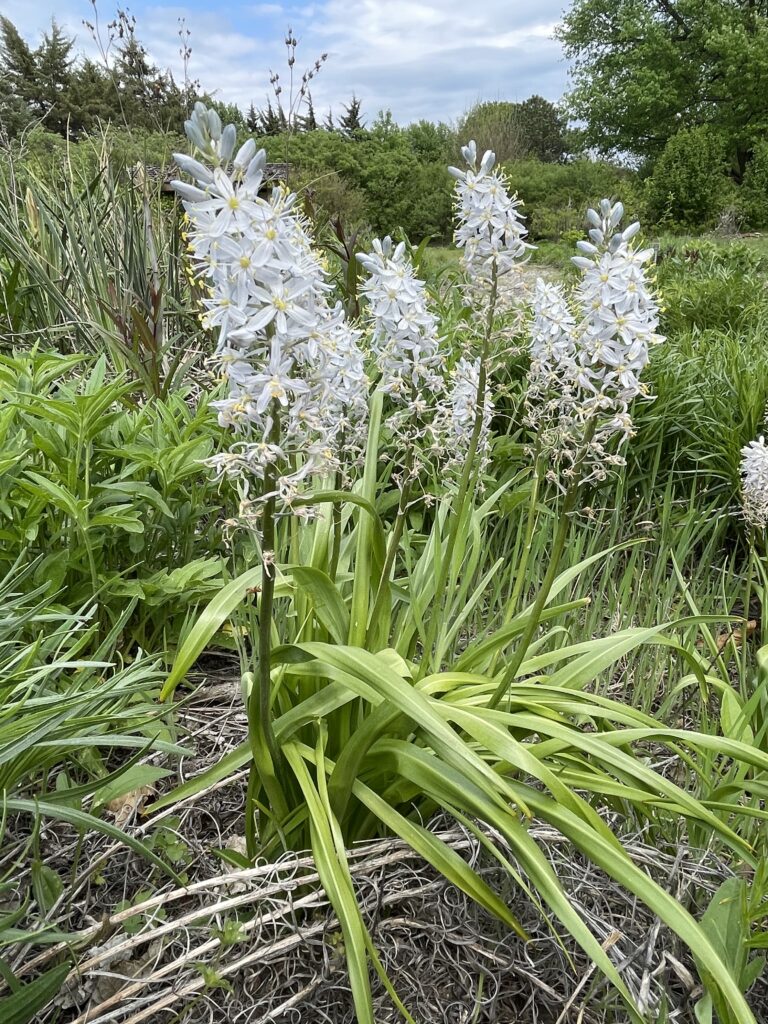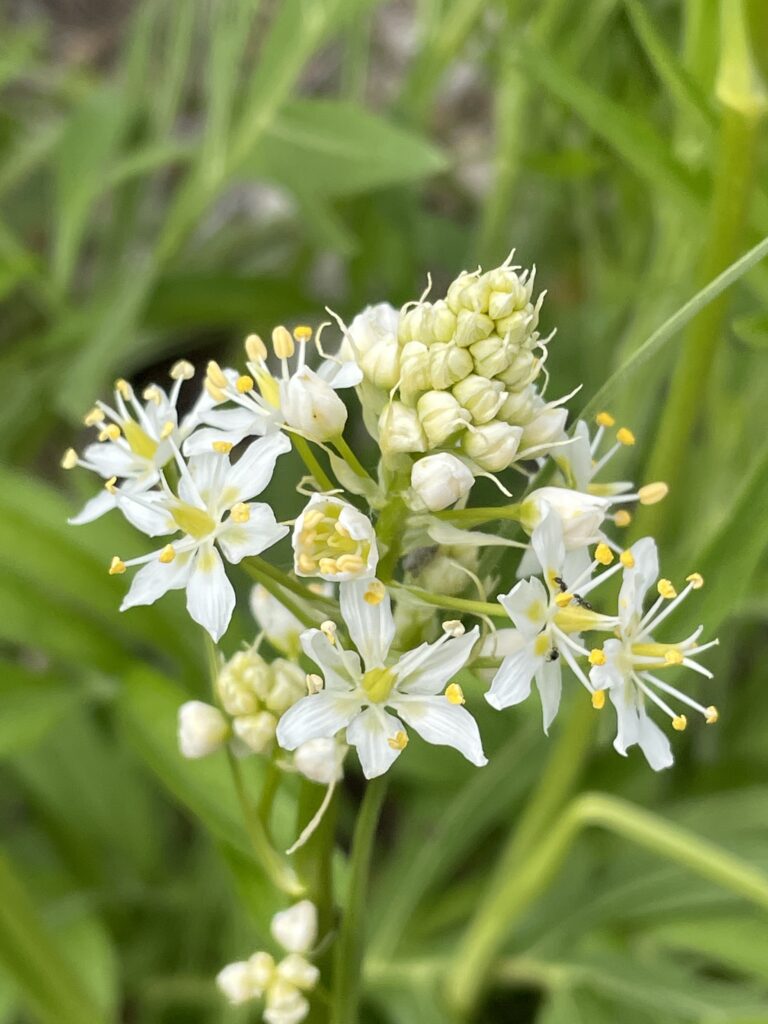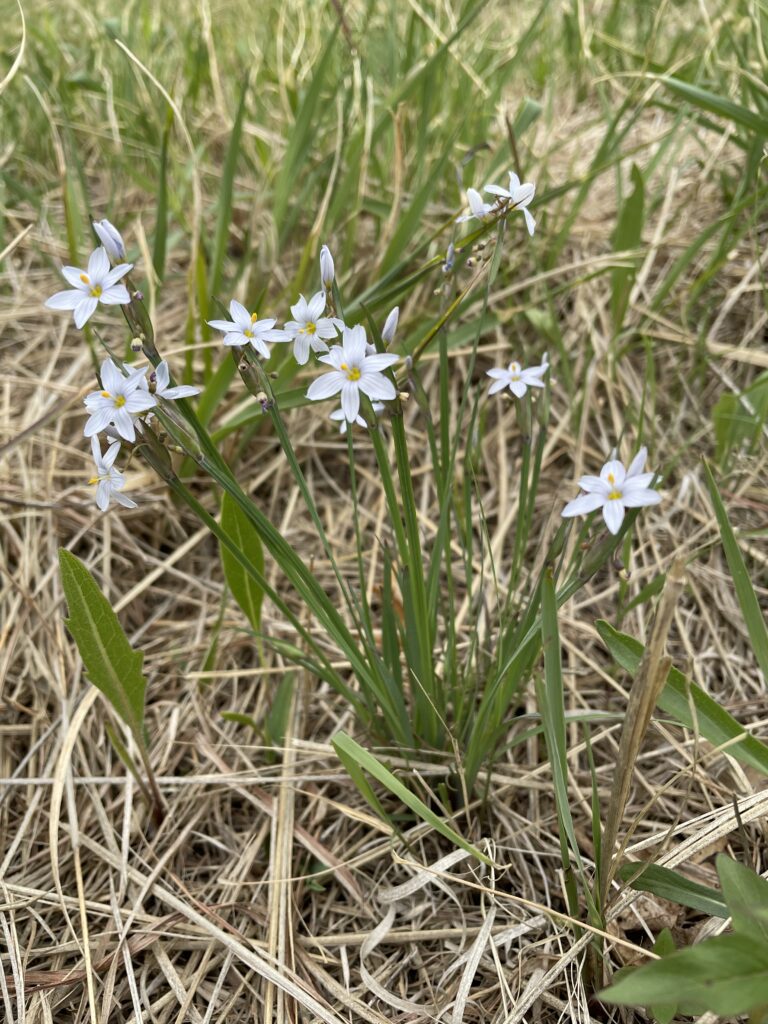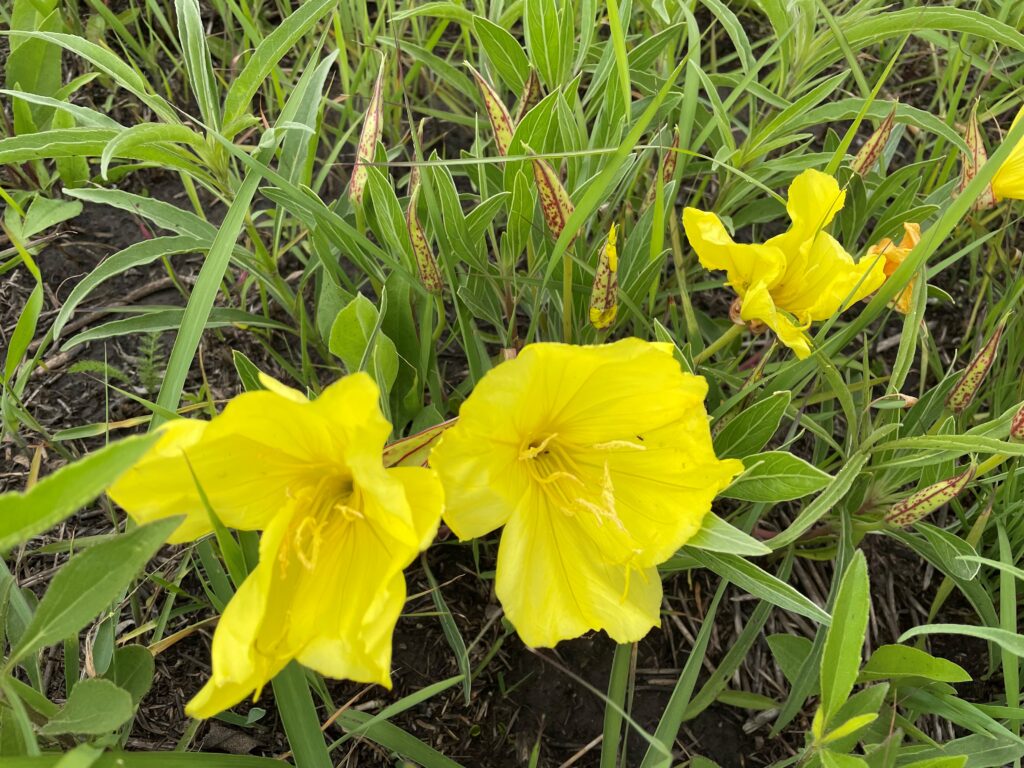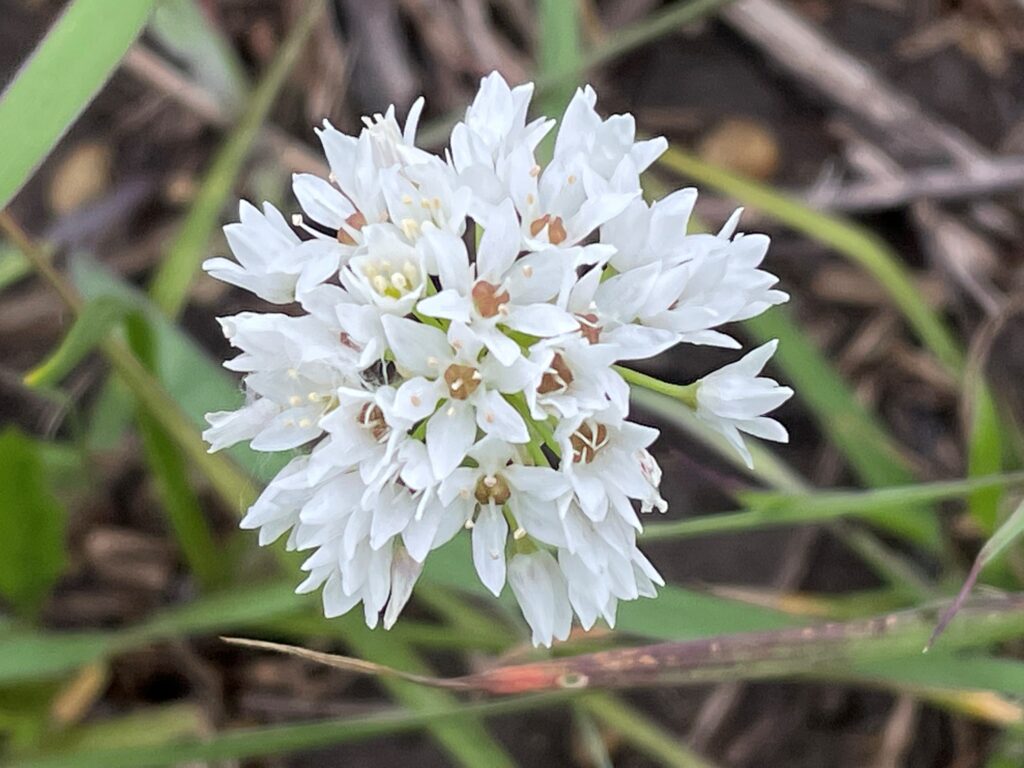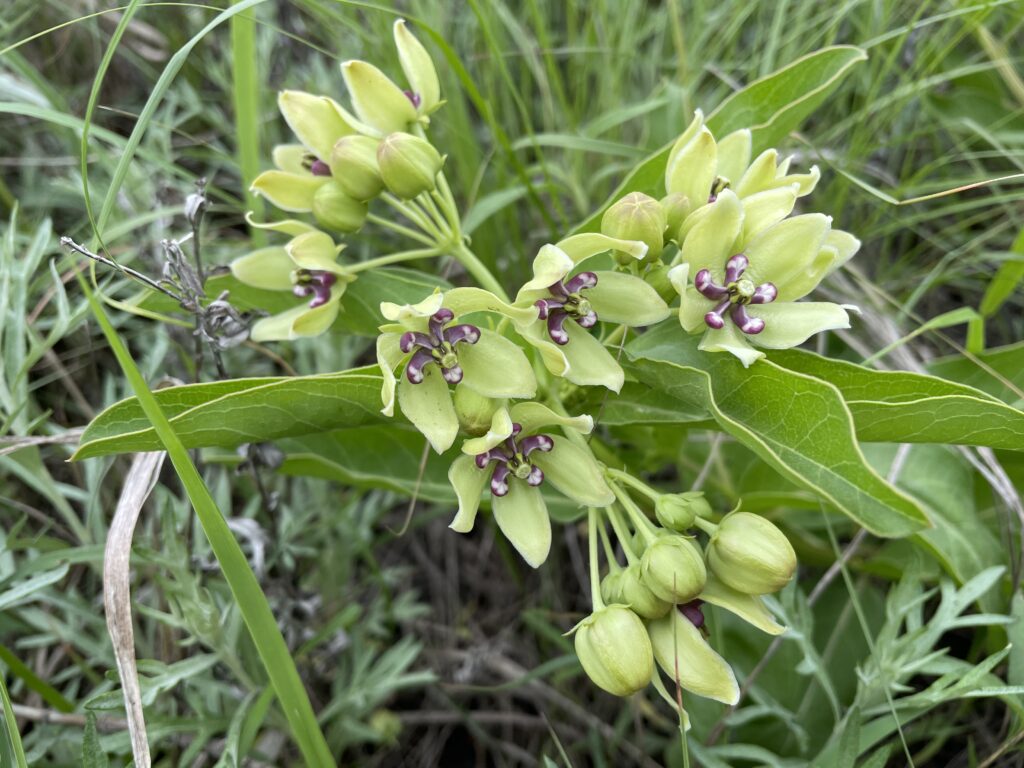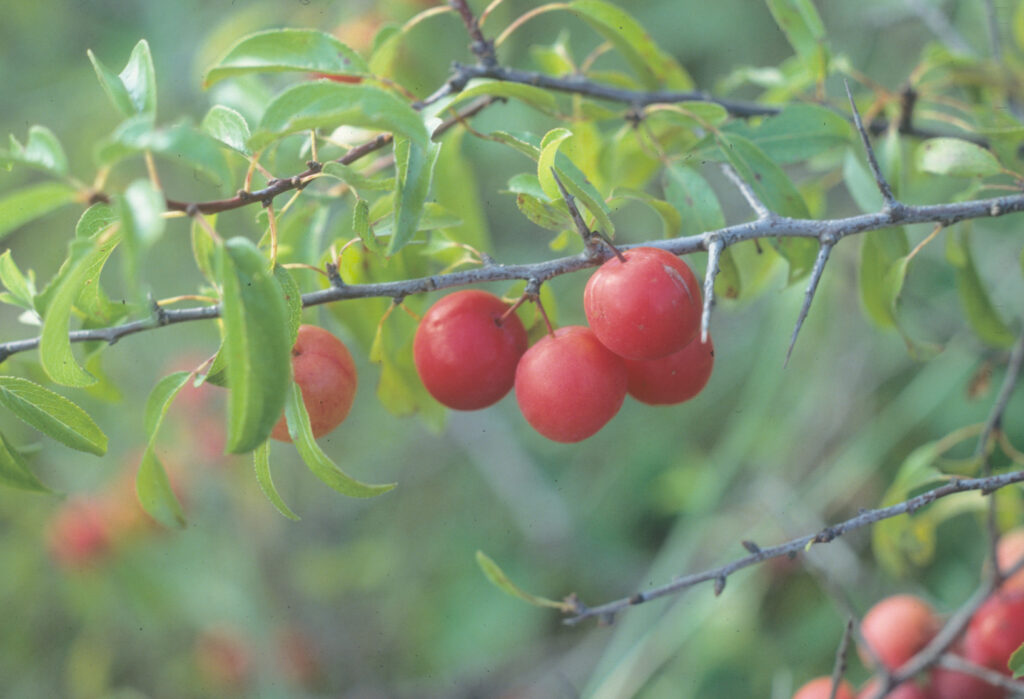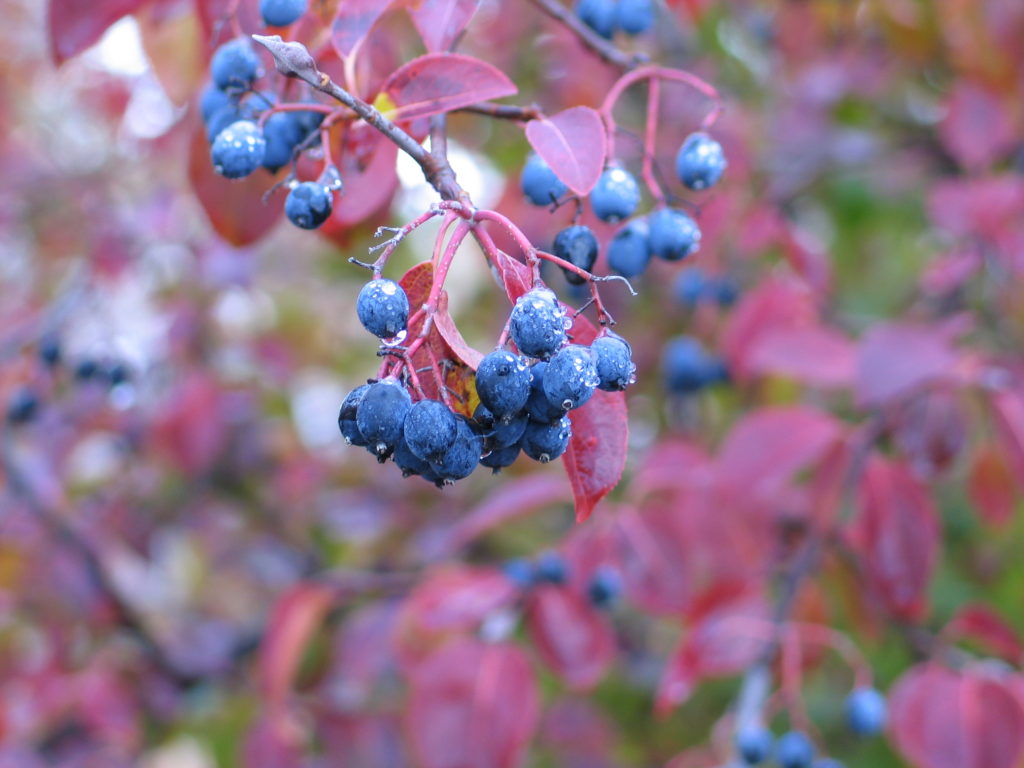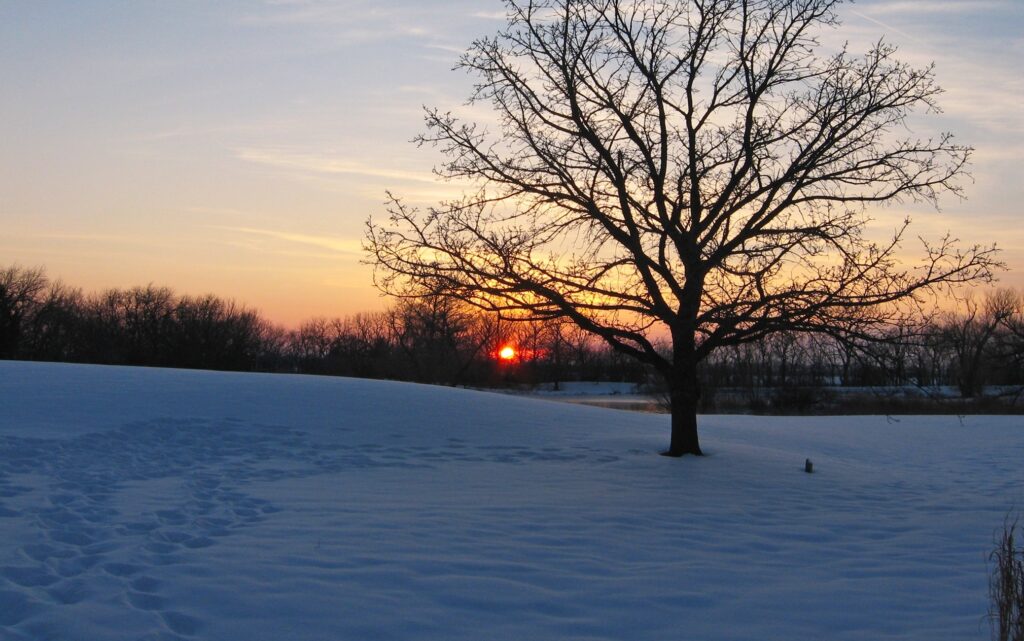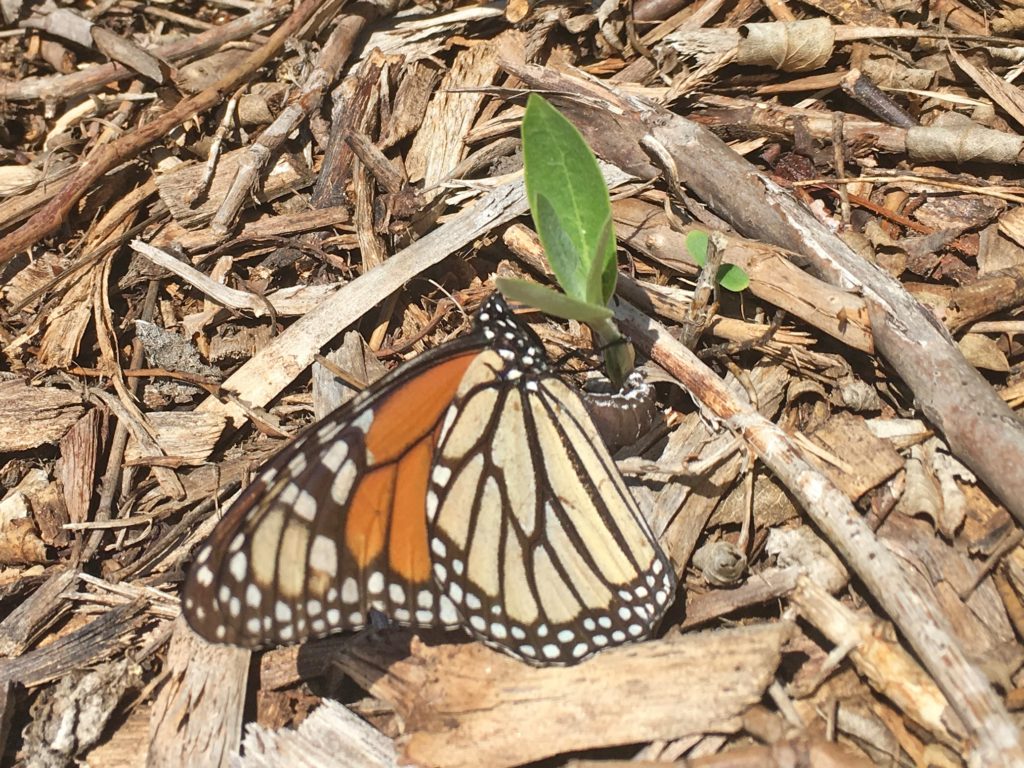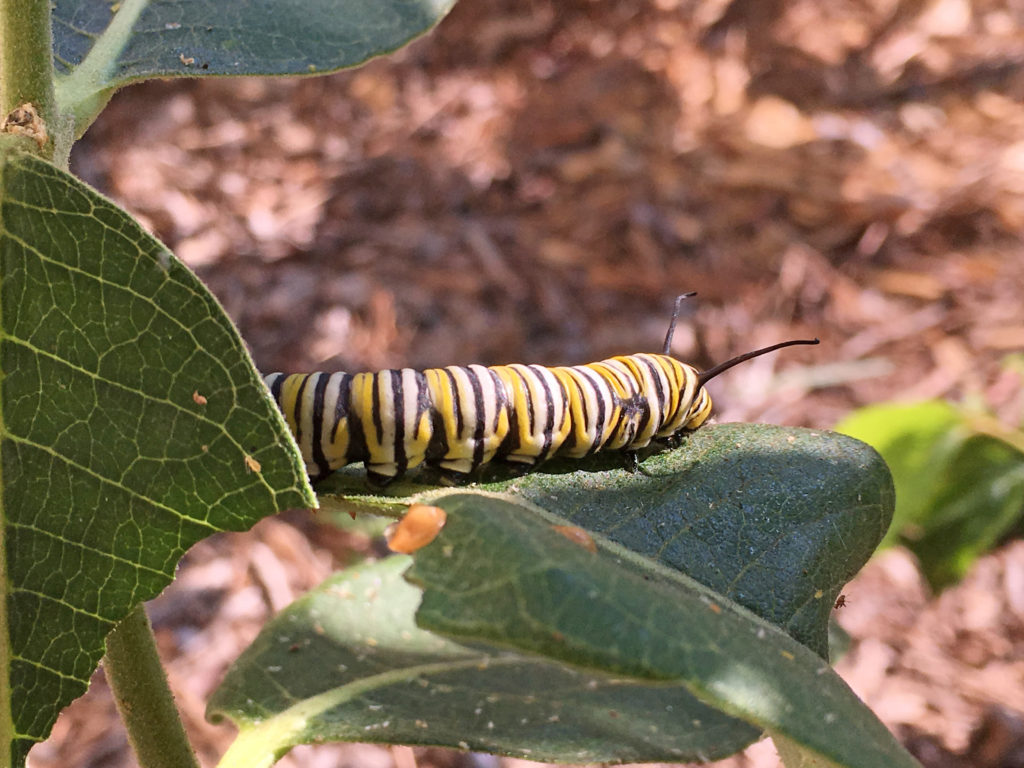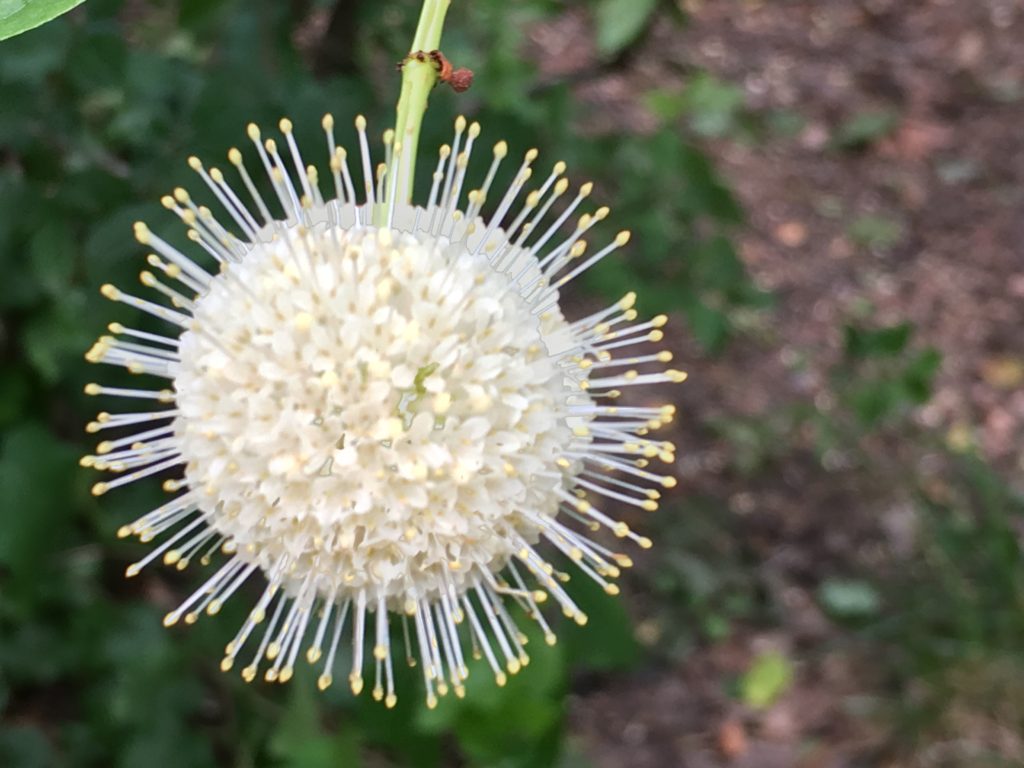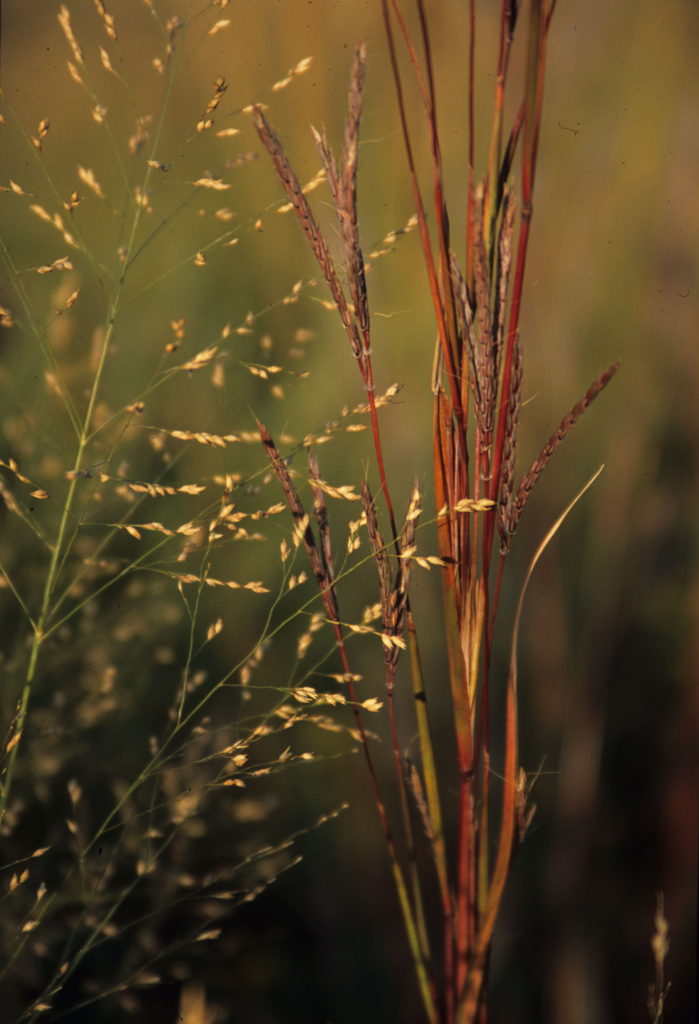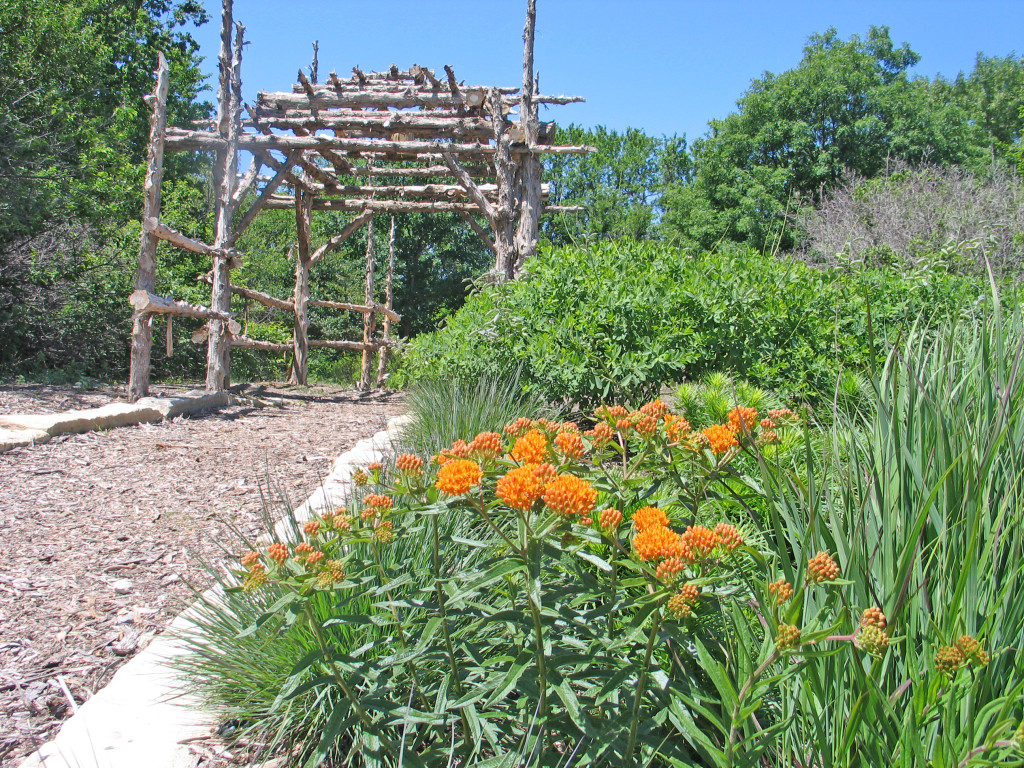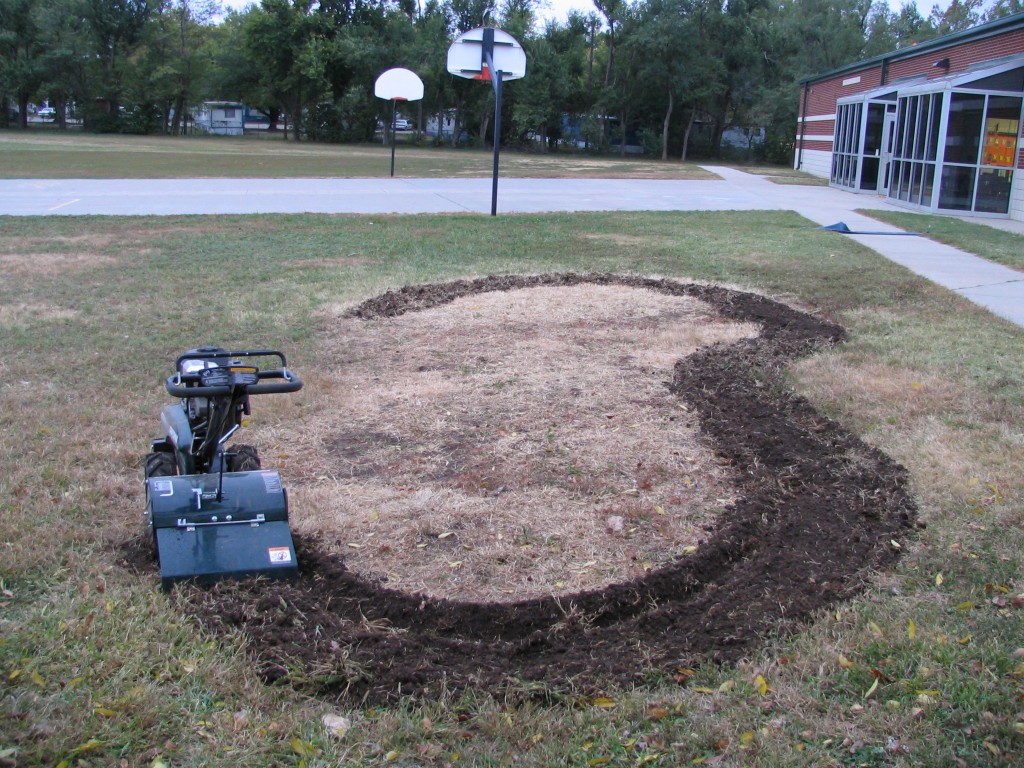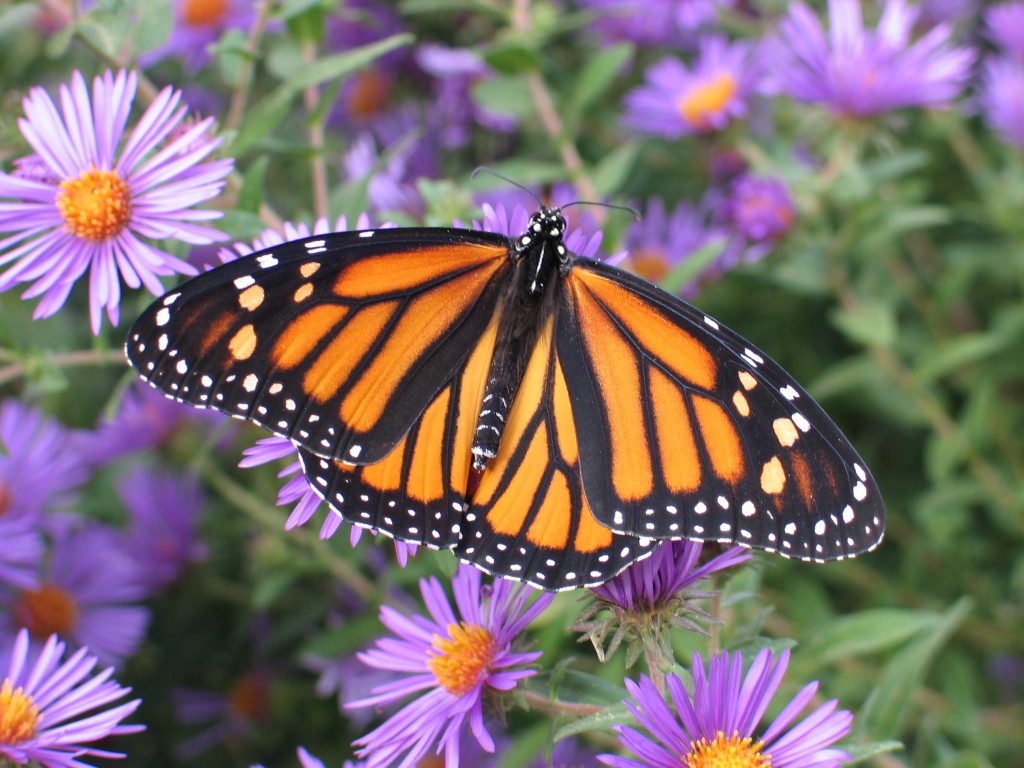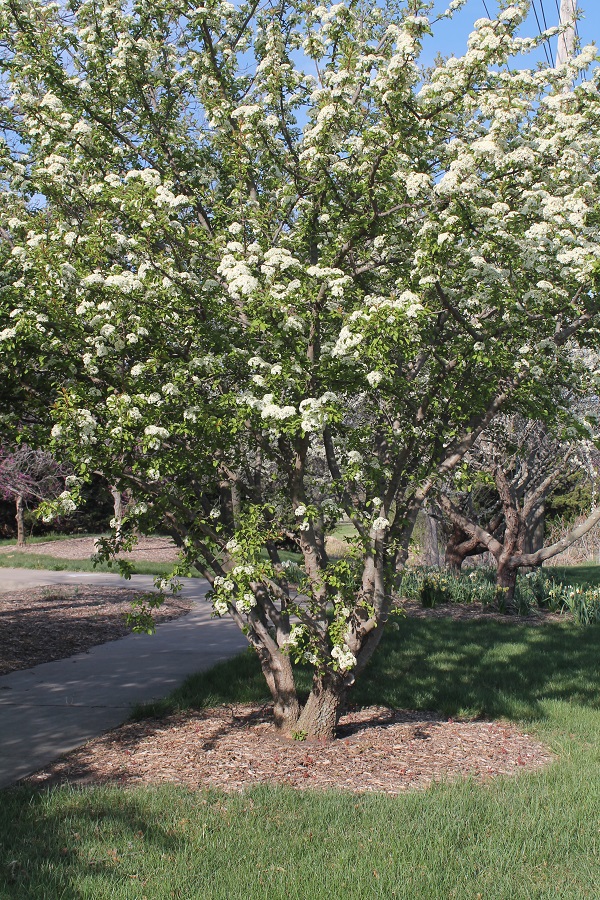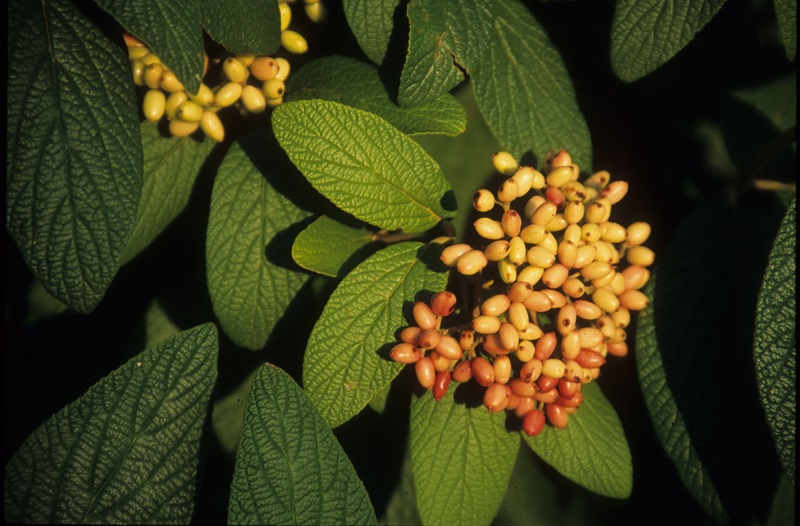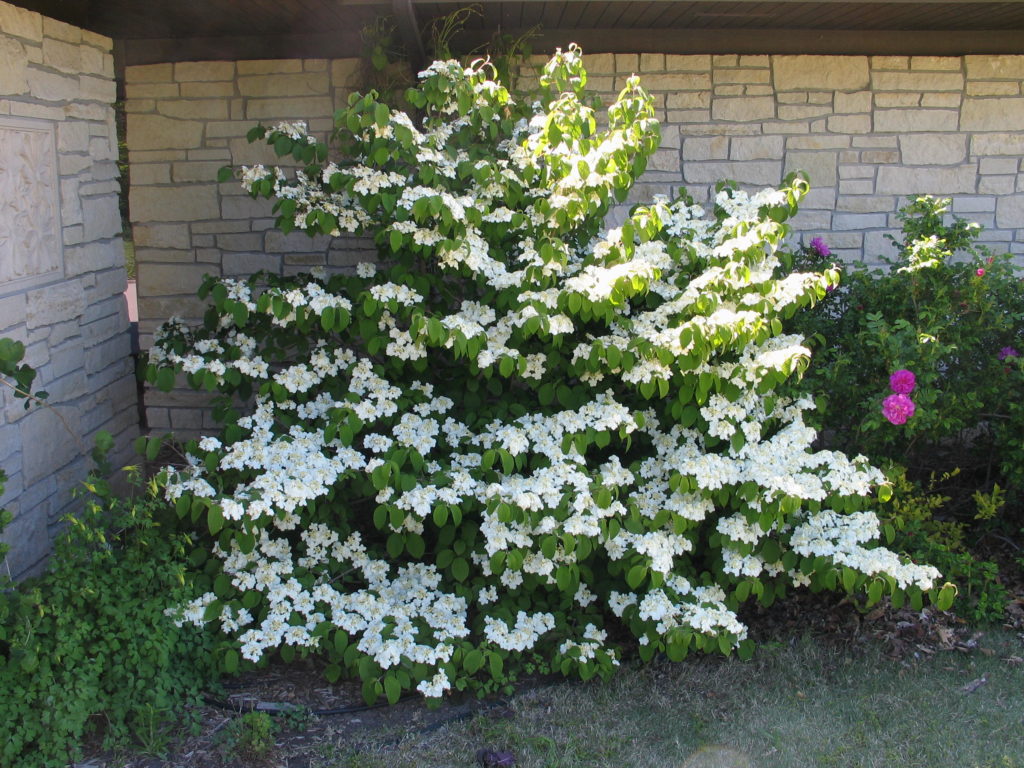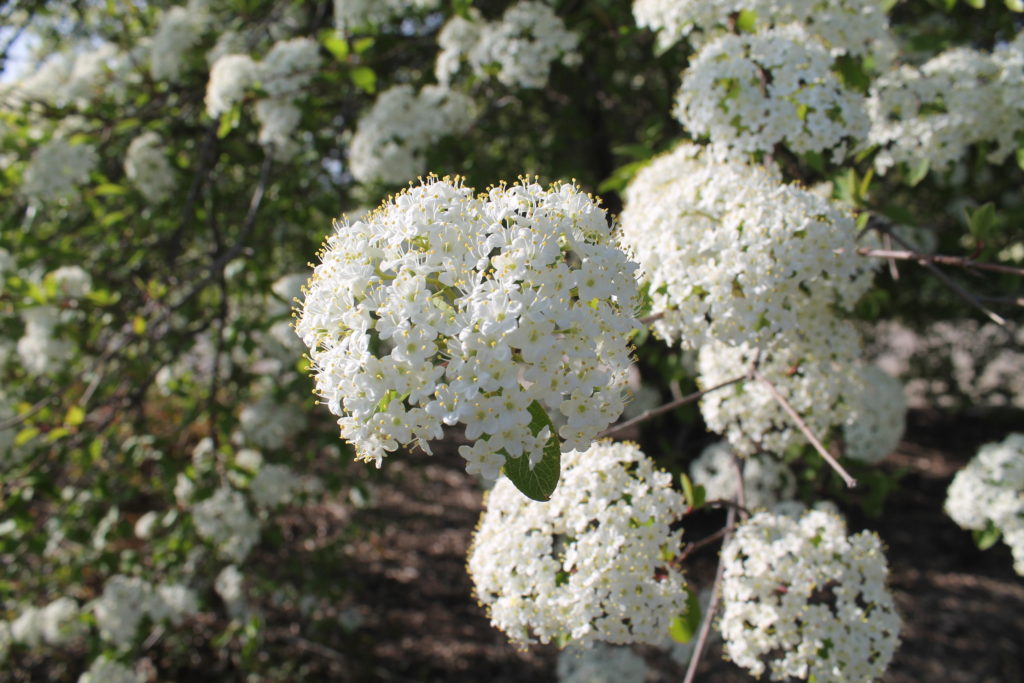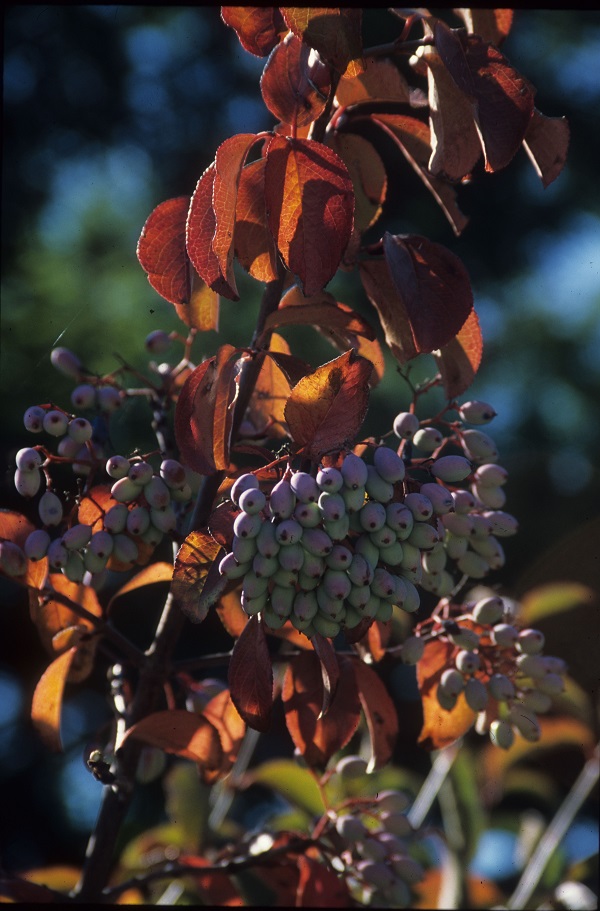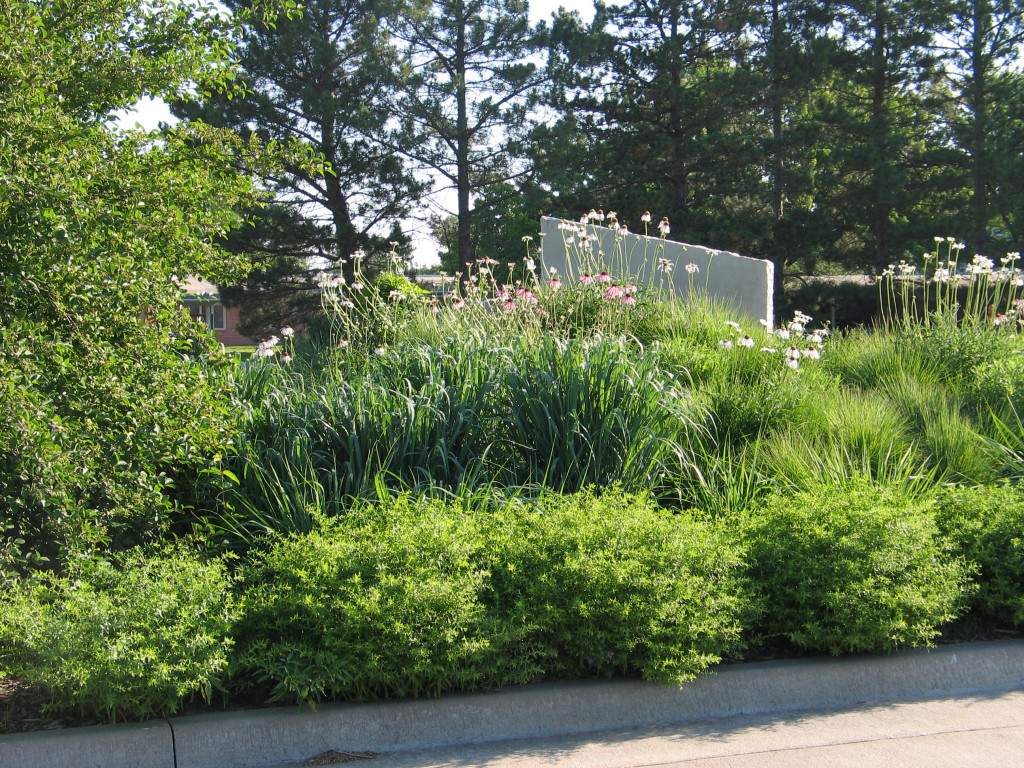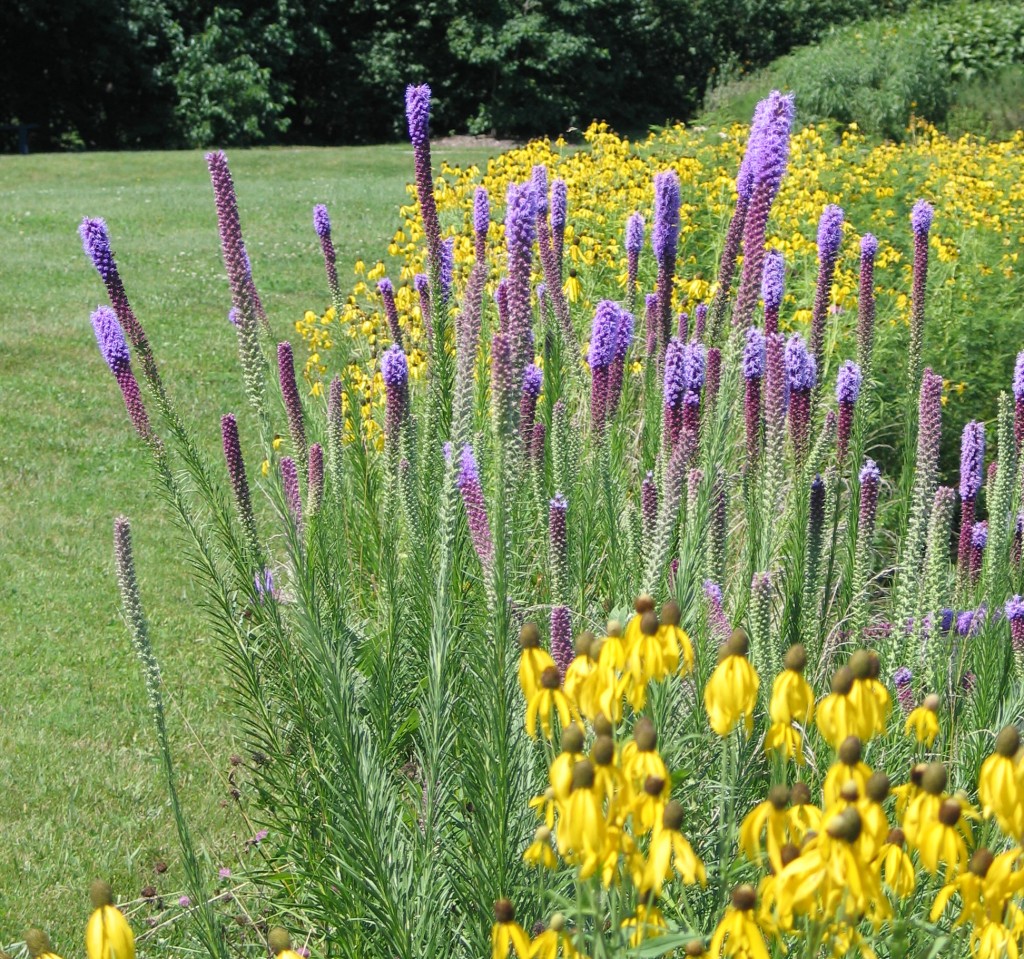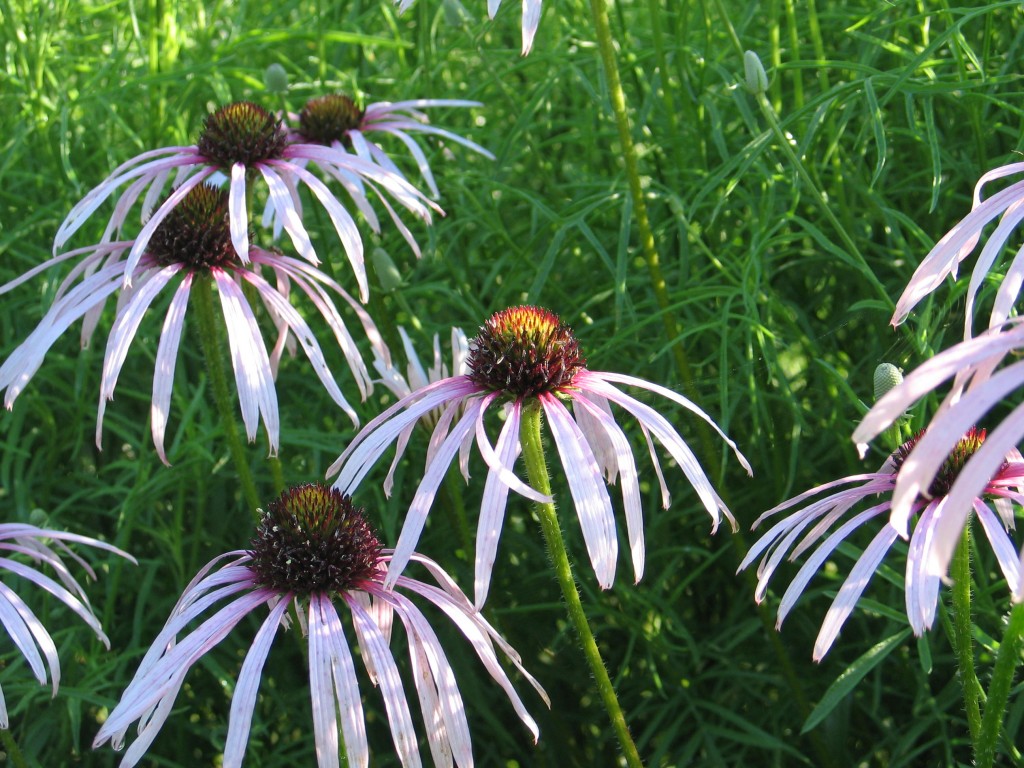Hikers passing through high elevation mountain meadows often catch glimpses of a number of familiar flowers. In fact, many of the mountain meadow natives are closely related to our Kansas native plants.
With nearly daily rain showers, the subalpine grassland meadows of the southern Rocky Mountains are bursting with wildflowers this summer. Rocky Mountain subalpine wildflowers are adapted to high elevations with cooler, shorter summers, longer, colder winters, and intense sunlight. Small, silvery, sun-reflecting, hairy leaves, ground-hugging growth habits, and clumps of showy pollinator-attracting flowers help these Colorado species survive. With a short growing season, flowers are produced and set seed in what seems like record time.
Kansas natives often share similar adaptive features—silvery, fine, hairy, leaves, and similar pollinator-attracting showy flowers –enabling them to survive Kansas’ long, hot summers and cold, dry winters. Although time and physical barriers have separated most Colorado and Kansas native plants into unique species, a few remain as a single species. Let’s take a look at a few of these Colorado cousins.
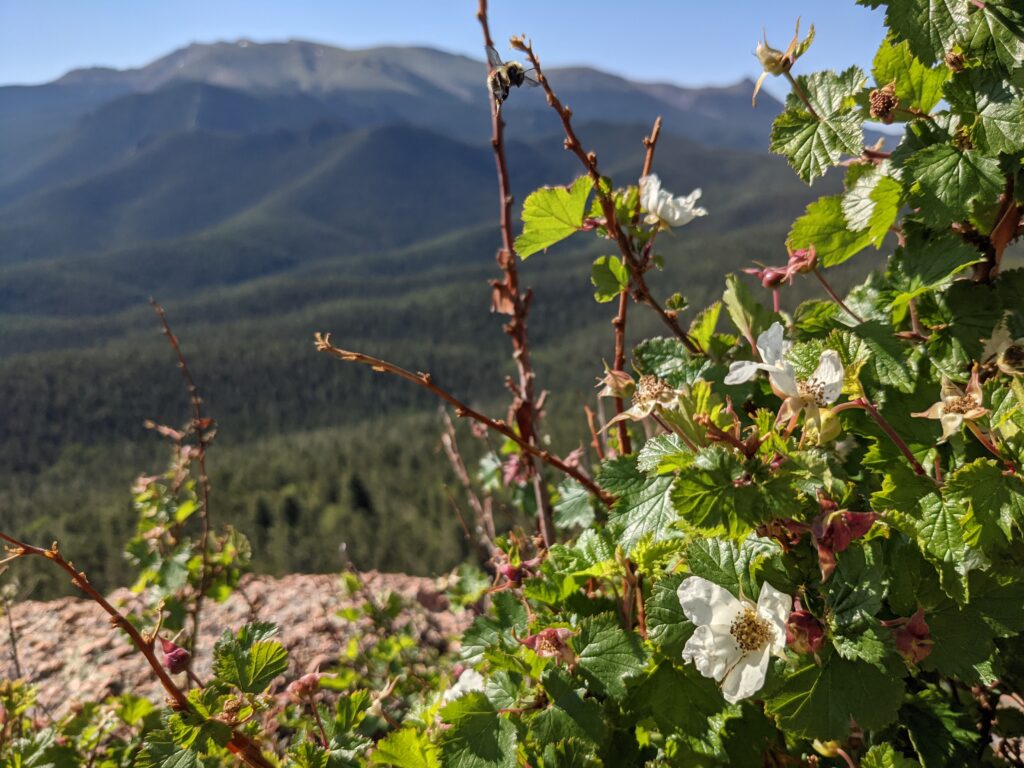
Columbine (Aquilegia spp)
Kansas’ wild columbine (Aquilegia canadensis) blooms during the cooler, moister spring months of the year, and seed is immediately dispersed. Blue columbine (Aquilegia coerulea) – Colorado’s state flower – blooms in July, taking advantage of the sunshine and warmer days of summer in the high mountains.
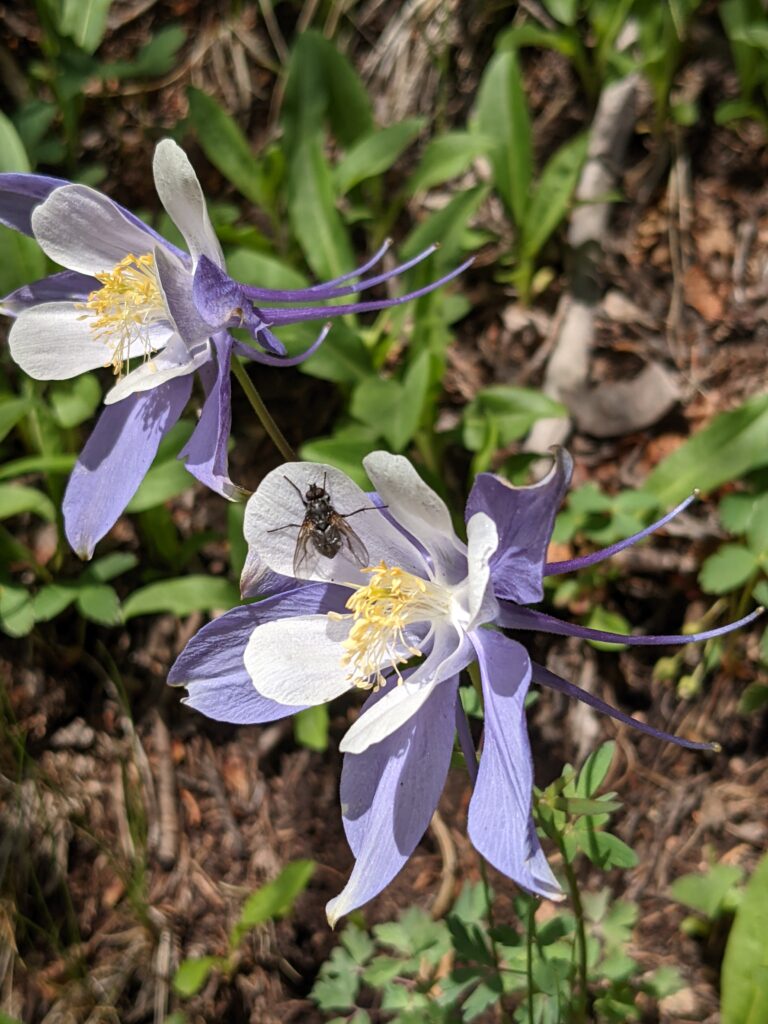
Aquilegia spp. near Pike’s Peak, Colorado in July.
Photo by Janelle Flory Schrock.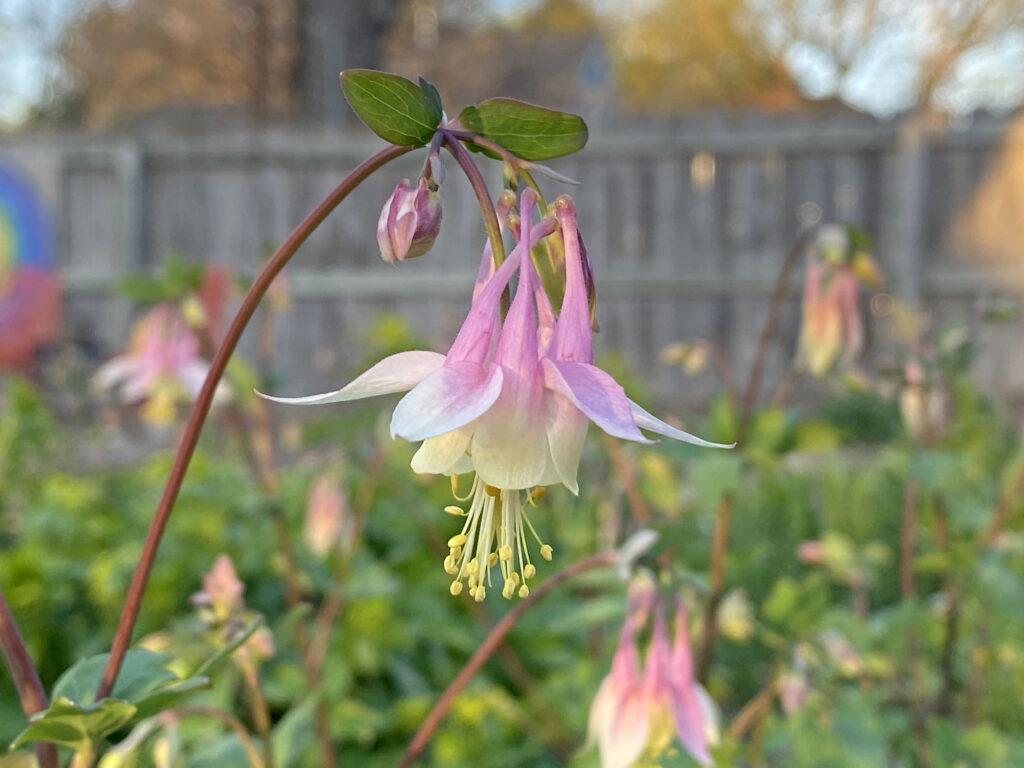
Aquilegia spp. in Newton, Kansas in May.
Photo by Brad Guhr.
Yarrow (Achillea millefolium)
Yarrow (Achillea millefolium) doesn’t change species between Kansas and Colorado, but the blooming time does! While yarrow blooms in late spring in our Kansas prairies, in subalpine mountain meadows, it blooms in July, taking advantage of the sunshine and pollinators of mid-summer. There is little chance that, should they be grown together, cross-pollination could occur between these quite different ecotypes.
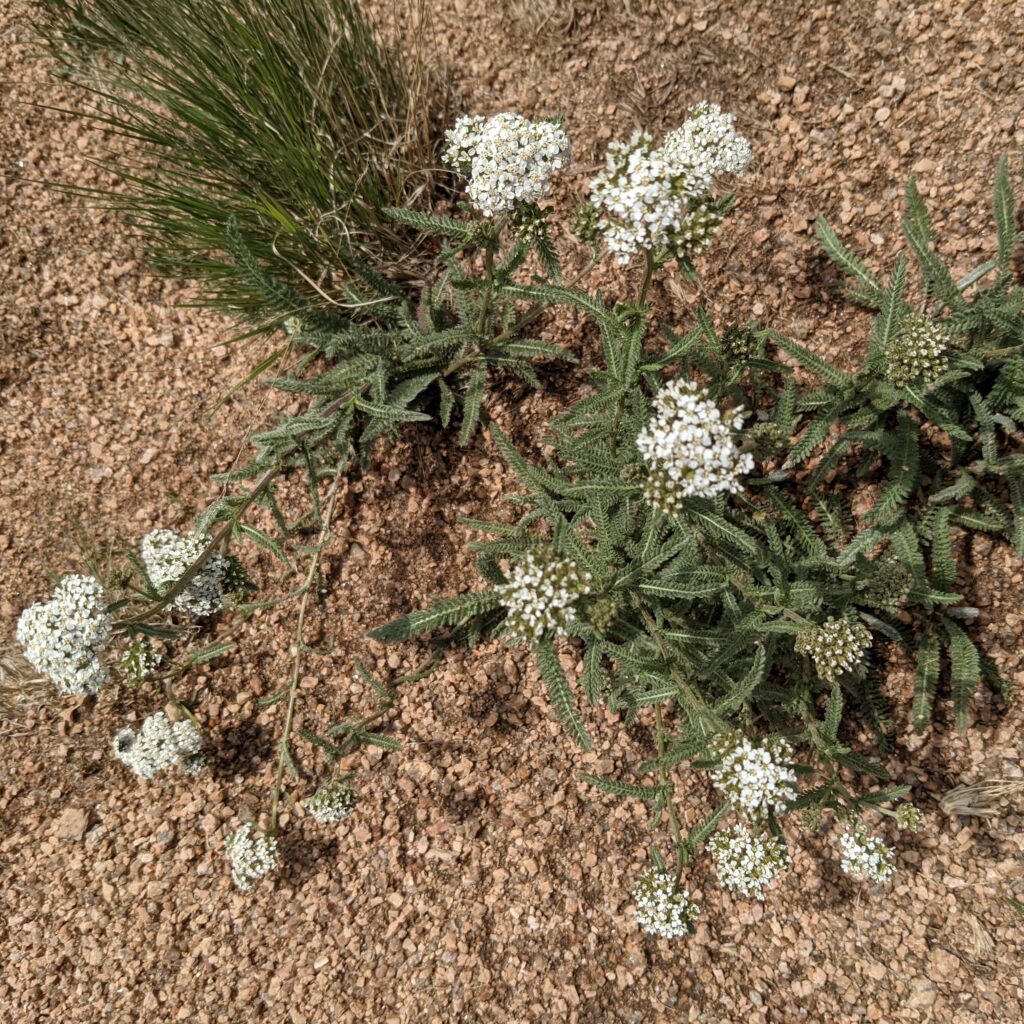
Achillea millefolium. near Pike’s Peak, Colorado in July.
Photo by Janelle Flory Schrock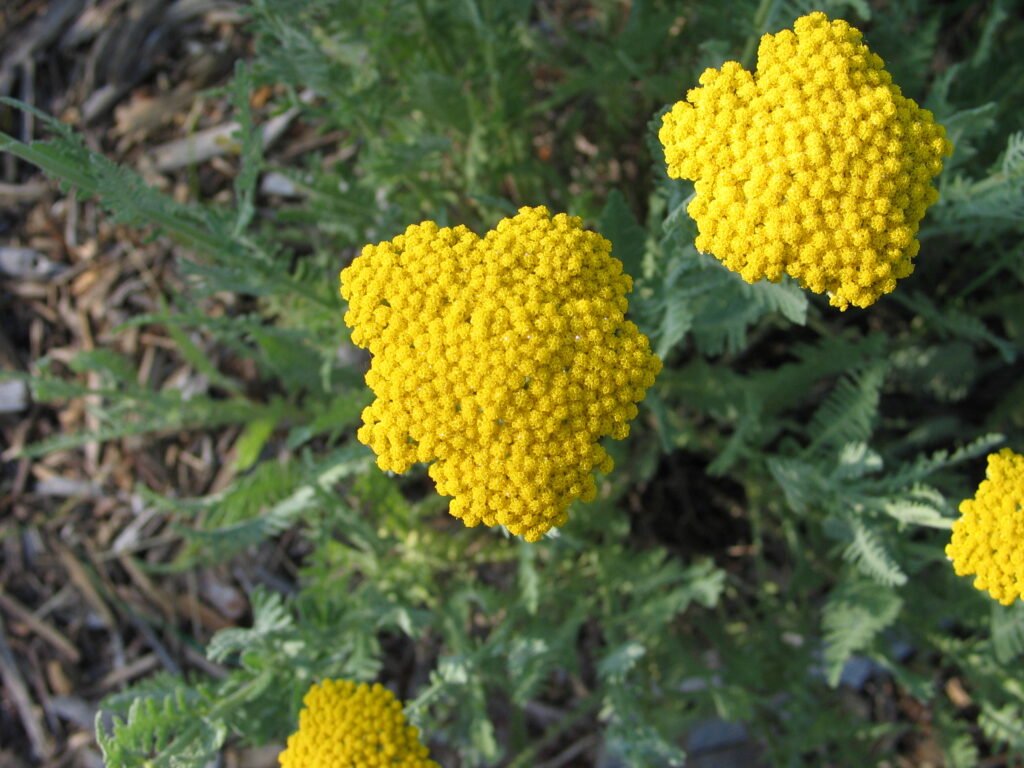
Achillea spp. in Kansas.
Prairie Smoke (Geum triflorum)
Prairie Smoke (Geum triflorum) is another wildflower species that remains the same from Kansas to Colorado. Again, the time of flowering differs. Kansas individuals bloom in spring, and Colorado individuals bloom during similar temperature conditions that occur at the height of the high altitude summer.
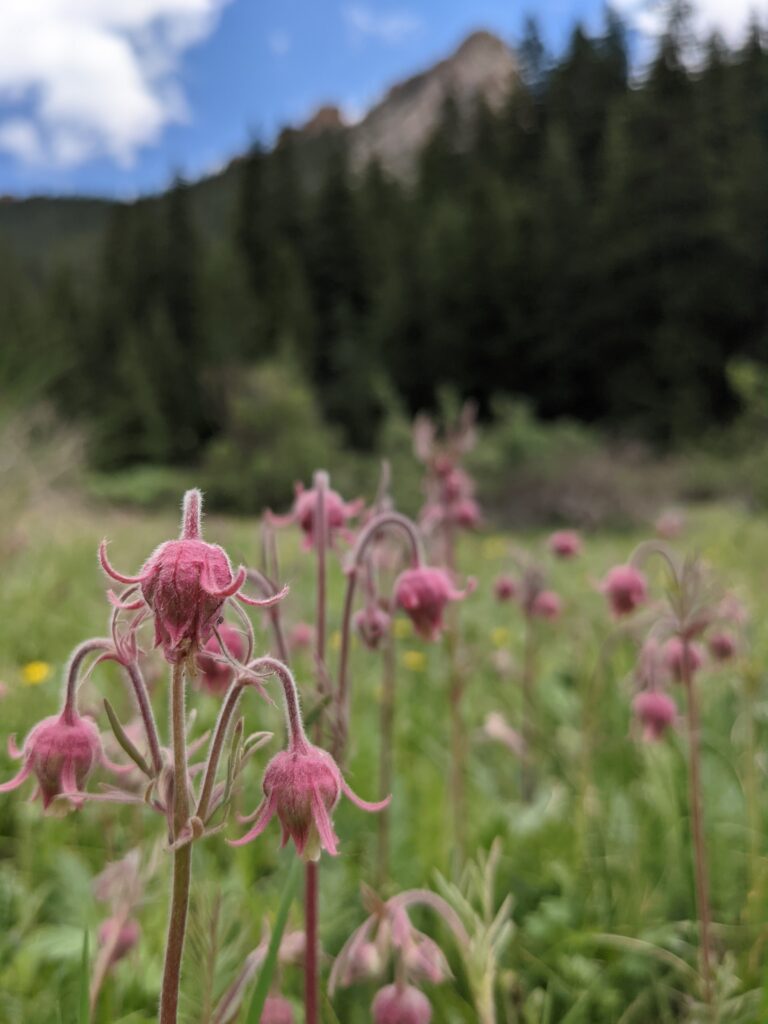
Geum triflorum blooming in the shadow of Pike’s Peak, Colorado at approx. 10K ft altitude in early July. Photo by Janelle Flory Schrock. 
Geum triflorum, prairie smoke, blooms in spring on the prairies of Kansas. Photo by Emily Weaver.
Alpine Parsley (Pseudocymopterus spp.)
Members of the carrot and parsley family are commonly found in both Kansas and Colorado. Golden Alexanders (Zizia aurea) grace our gardens in spring, while high mountain meadows are filled with the yellow umbels of mountain parsleys in July.
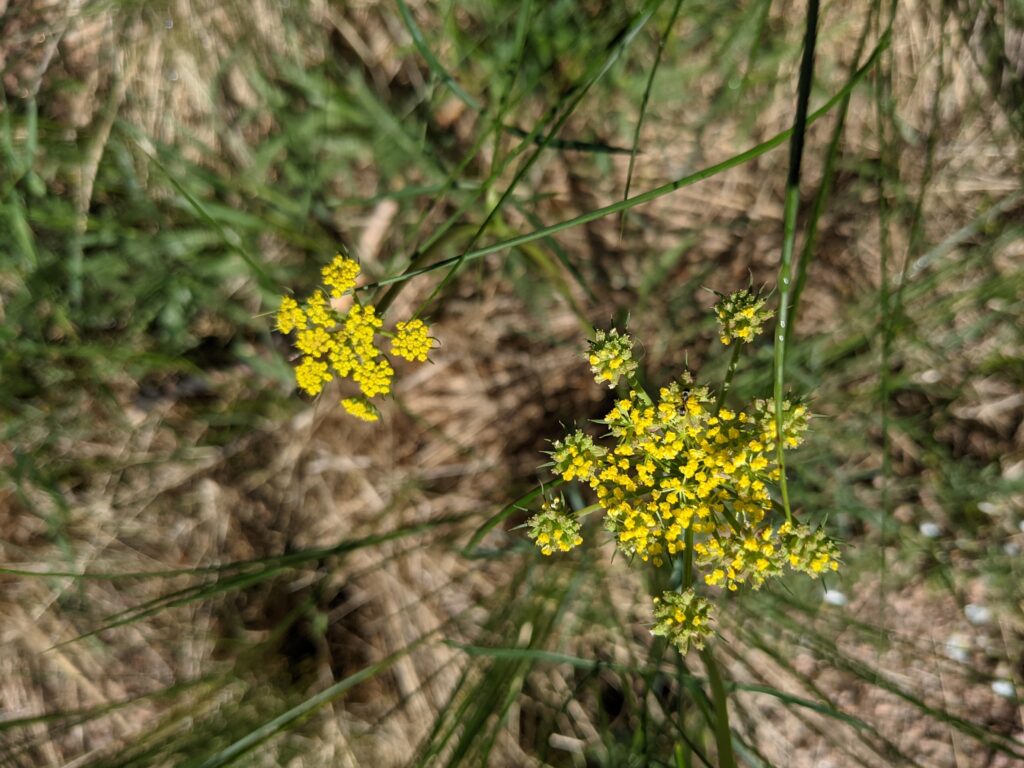
Pseudocymopterus spp. blooming near Pike’s Peak, Colorado in early July. Photo by Janelle Flory Schrock. 
Zizia aurea blooms in spring in Kansas.
Primrose (Oenothera spp)
The white, night-blooming showy evening primroses (Oenothera speciosa) typically appear in May and June in Kansas. Come July, their diminutive Colorado cousins, (Oenothera spp) make their appearance in rocky niches and along trails.

Oenothera spp blooming at the Florissant Fossil Beds National Park in early July. Photo by Janelle Flory Schrock. 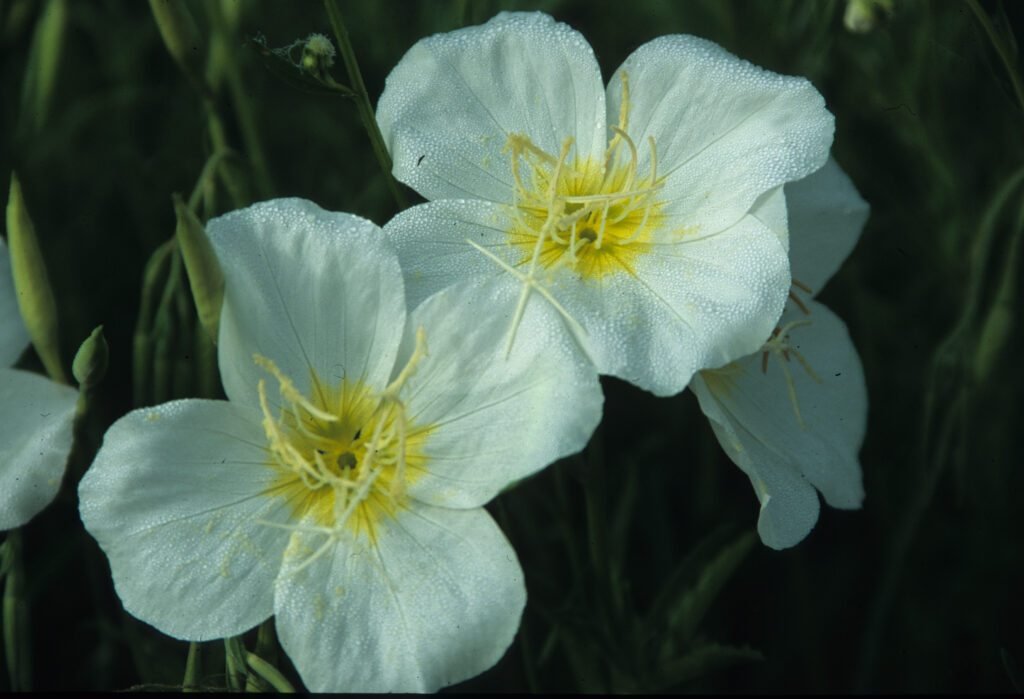
Oenothera speciosa. Photo by Emily Weaver.
Locoweed (Oxytropis spp.)
Locoweed (Oxytropis spp.) fills Colorado mountain meadows with patches of bright pinks, blues and lavenders. Like the wild indigoes (Baptisia spp) that brighten Kansas prairies and pastures, locoweed is a nitrogen-fixing legume. Both are also toxic to cattle, sheep and horses.
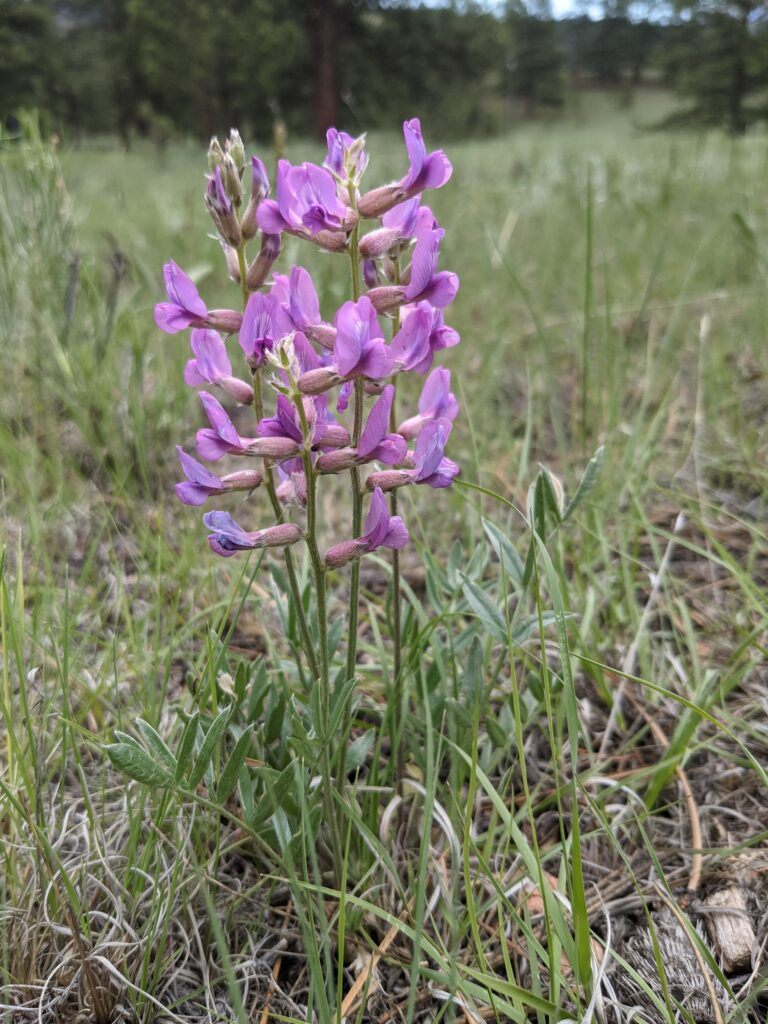
Oxytropis spp. blooming at Florissant Fossil Bed National Park in early July. Photo by Janelle Flory Schrock. 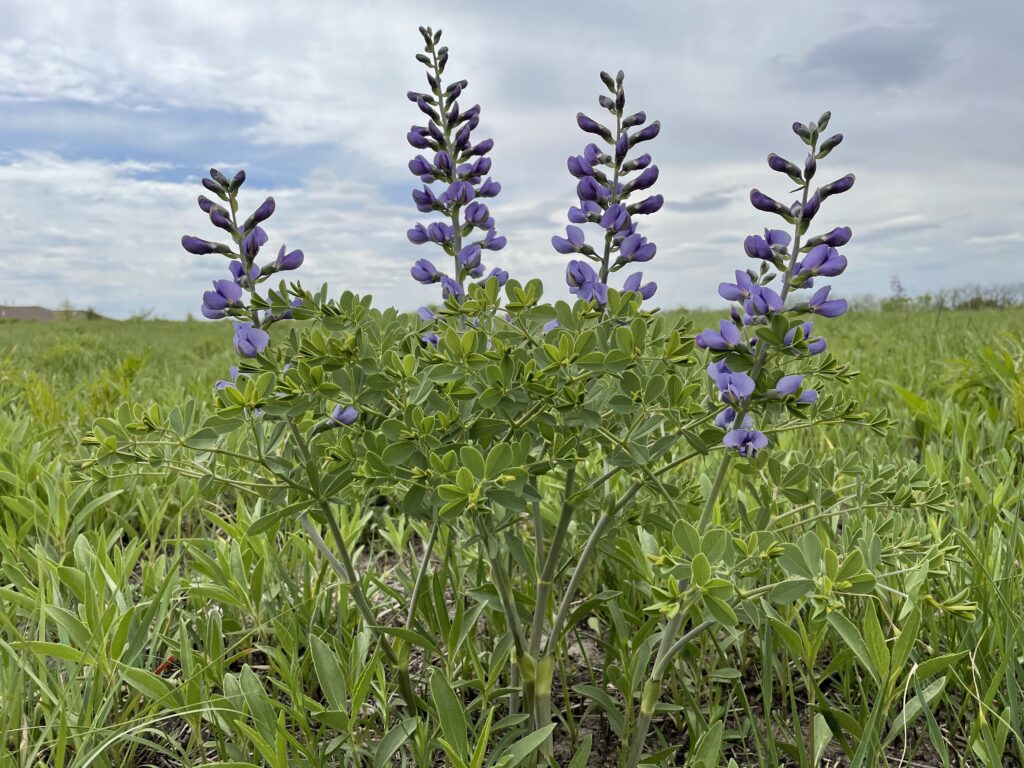
Blue wild indigo (Baptisia australis var. minor). Photo by Brad Guhr.
Ragwort (Packera spp.)
Ragworts (Packera spp.) are delightful yellow flowers of shade and sun. Colorado’s ragworts are commonly found along a trail’s edge in July. Kansas’ golden ragwort (Packera plattensis) is one of the first wildflowers to brighten winter-weary landscapes in April.
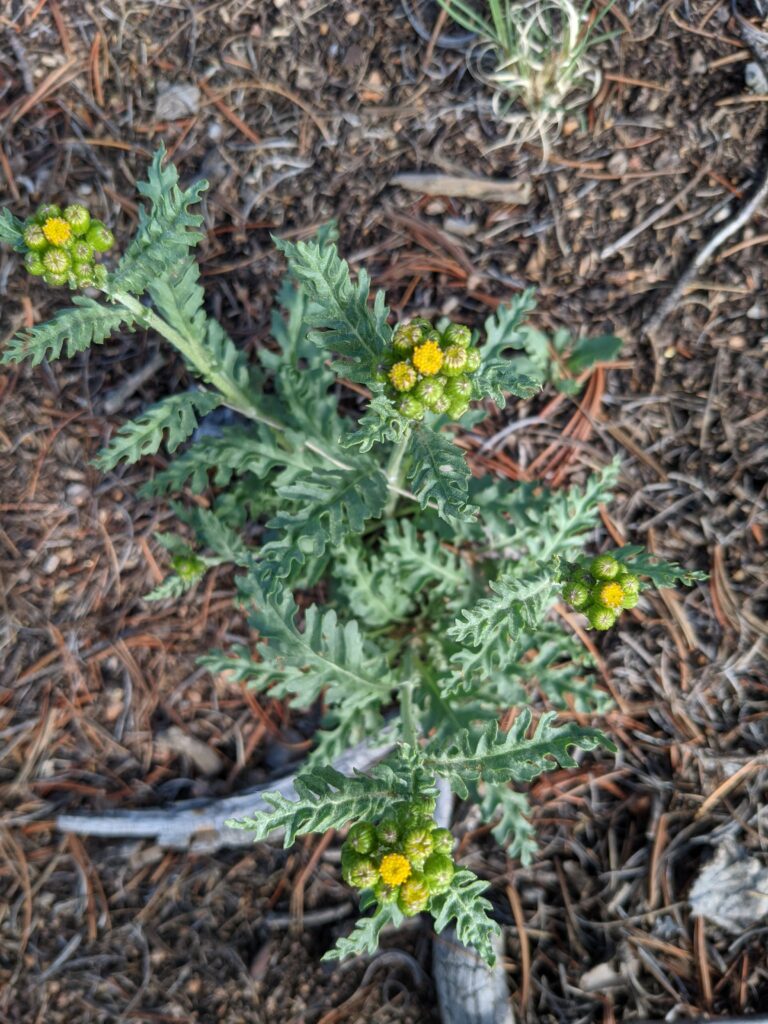
Packera spp. near Divide, Colorado at approx 10K ft altitude in early July. Photo by Janelle Flory Schrock. 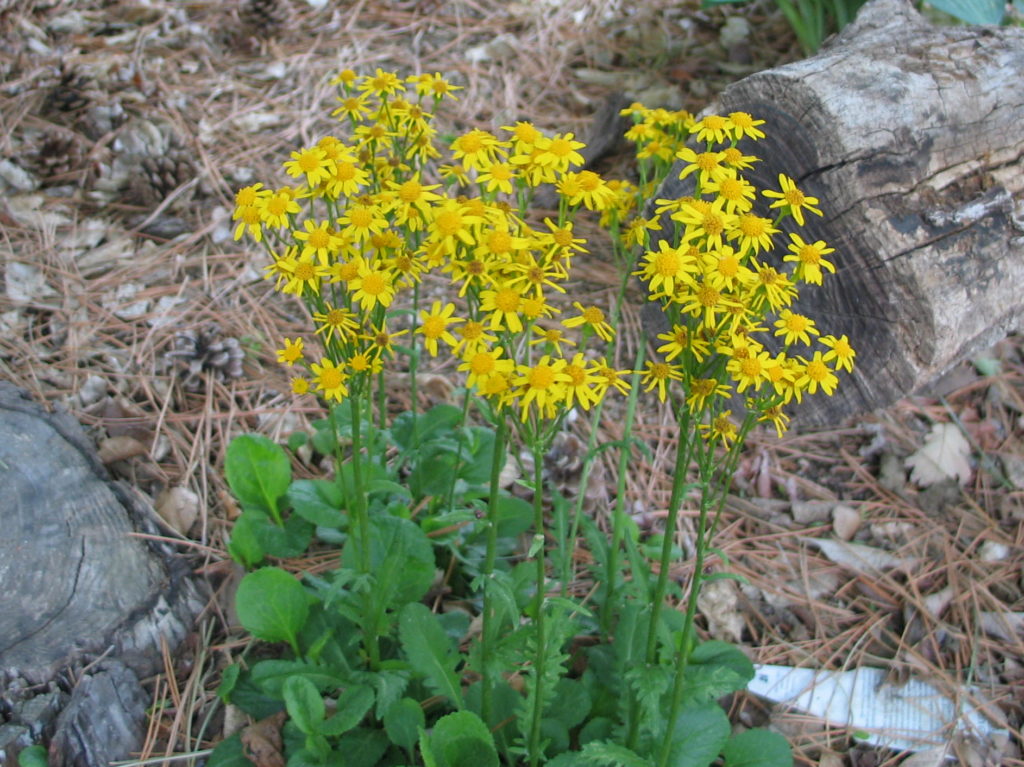
Packera obovata blooms in Kansas in April and May.
Penstemon (Penstemon spp)
Penstemons (Penstemon spp) are abundant in the Rocky Mountain subalpine meadows in July. Generally short in height and with smaller flowers, they nonetheless add deep, rich lavenders, blues and purples to rocky niches and trailsides. Their taller Kansas cousins precede them, blooming in late spring.

Penstemon spp. blooming at Florissant Fossil Beds National Monument in early July. Photo by Janelle Flory Schrock. 
Penstemon tubaeflorus
Jacob’s Ladder (Polemonium spp.)
Hike through a subalpine, shaded, moist forest, and suddenly you may encounter a faint scent of skunk, indicating that you have stepped on Jacob’s ladder, a lovely blue-flowered species that hugs the ground with ladder-like leaves. In Kansas, Jacob’s ladder (Polemonium reptans) is a woodland spring ephemera with striking blue, bell-shaped flowers, and yes, the scent of skunk!
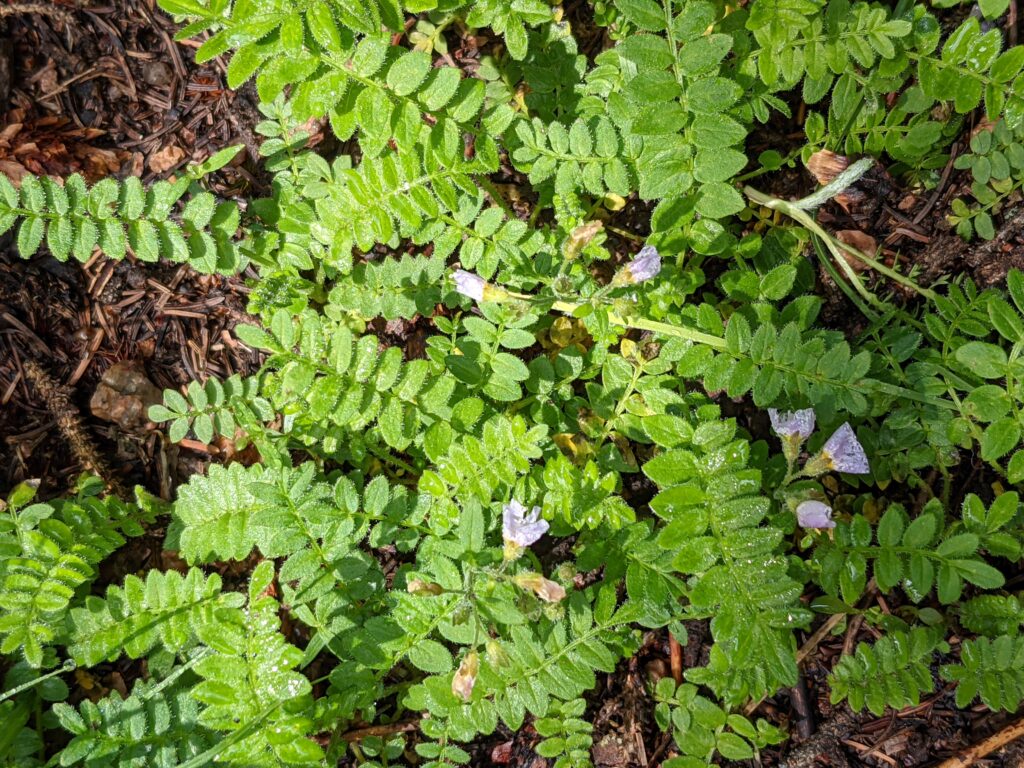
Polemonium spp. near Pike’s Peak, Colorado at approx 10,500 ft altitude. Photo by Janelle Flory Schrock. 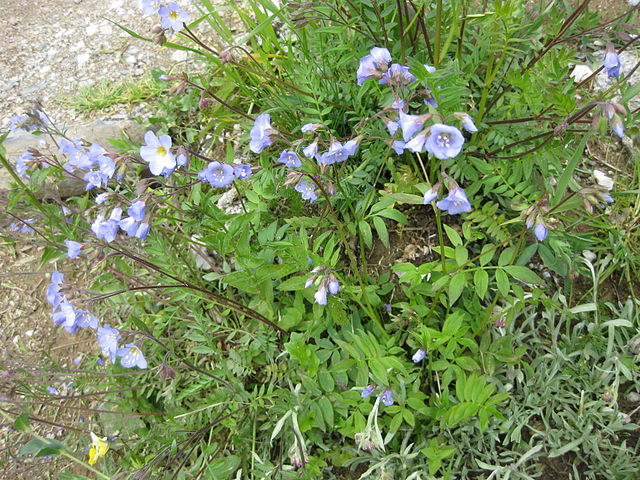
Polemonium reptans
Photo credit:Meneerke bloem, CC BY-SA 3.0, via Wikimedia Commons
Shrubby cinquefoil (Dasiphora (Potentilla) fruticosa)
Shrubby cinquefoil (Dasiphora (Potentilla) fruticosa) is commonly found in high mountain meadows in July. It is just one of a number of cinquefoils that commonly grow at high elevations. Bright yellow flowers attract numerous pollinators. In Kansas, prairie cinquefoil (Dasiphora (Potentilla) arguta), also a shrub, blooms in scattered clumps throughout the summer.

Potentilla spp. near Pike’s Peak, Colorado, approx 10K ft altitude in early July. Photo by Janelle Flory Schrock. 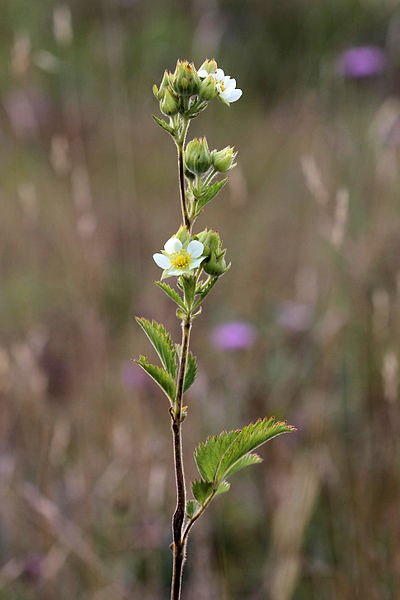
Potentilla arguta in Mackinac, Michigan. Photo credit: Rob Routledge, Sault College, Bugwood.org, CC BY 3.0, via Wikimedia Commons
Goldenrod (Solidago spp.)
Our Kansas goldenrods tend to be taller, filling the late summer prairies and pastures with swaths of yellow. They are the harbingers of autumn, blooming in late August and September. Subalpine goldenrods can’t wait that long. The diminutive Rocky Mountain goldenrod begins to flower in mid-July in the high montane meadows, adding their golden color to the seasonal procession of color.
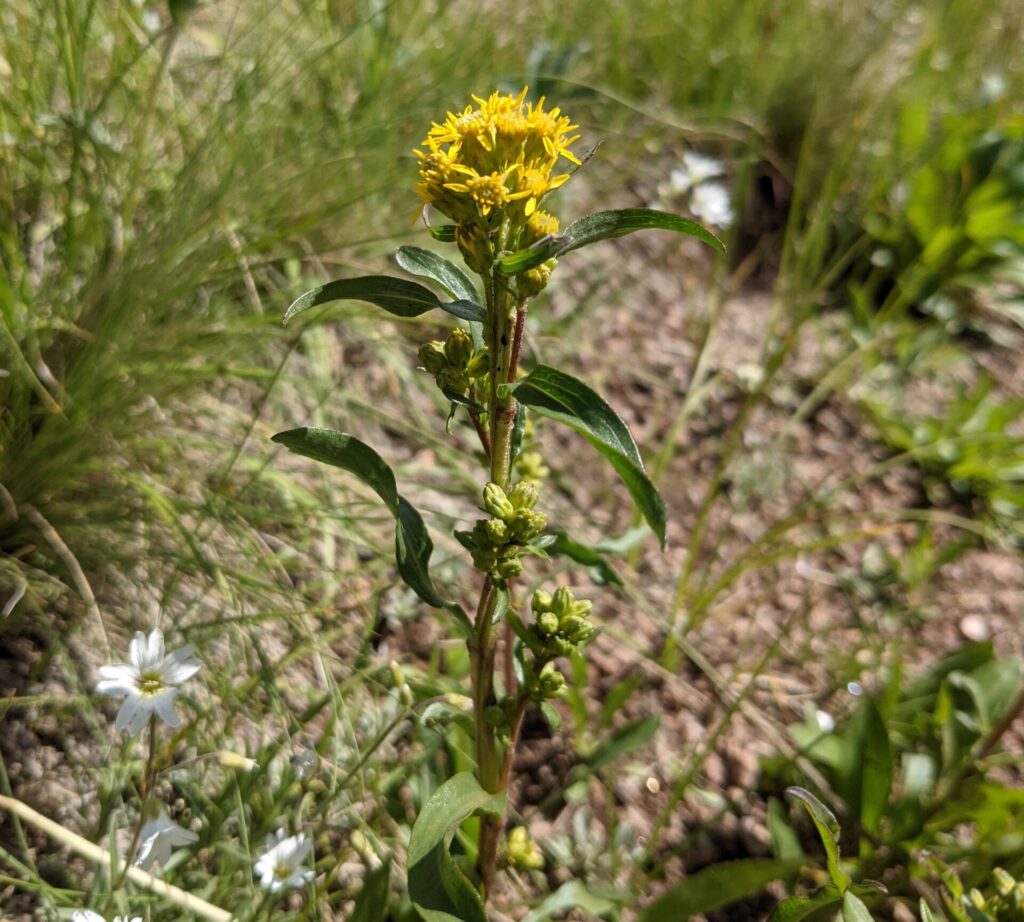
Solidago spp., near Pike’s Peak, Colorado at approx 10K ft altitude, early July. Photo by Janelle Flory Schrock. 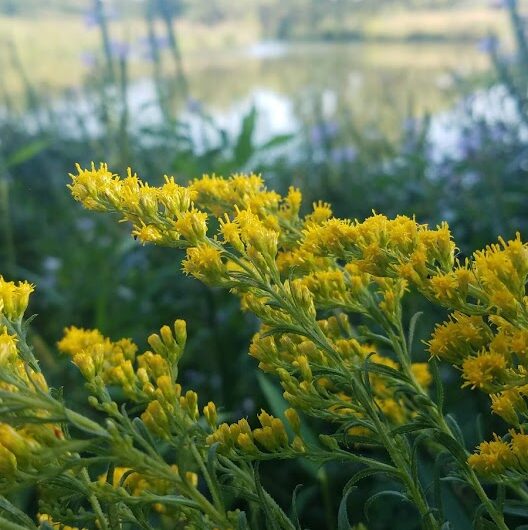
Solidago spp., Hesston, Kansas, mid-September.
Photo by Janelle Flory Schrock.
These are just a few of the many familial relationships that exist between Kansas and Rocky Mountain native plants. Next time you travel west, take a moment to find a familiar “face” in the wildflowers at your feet!

